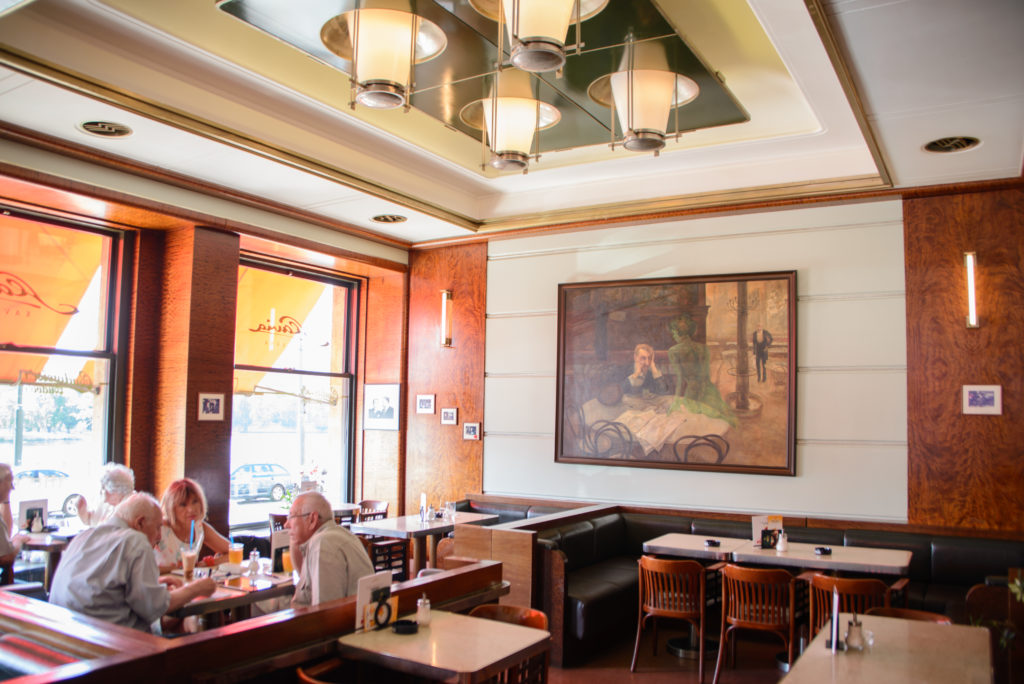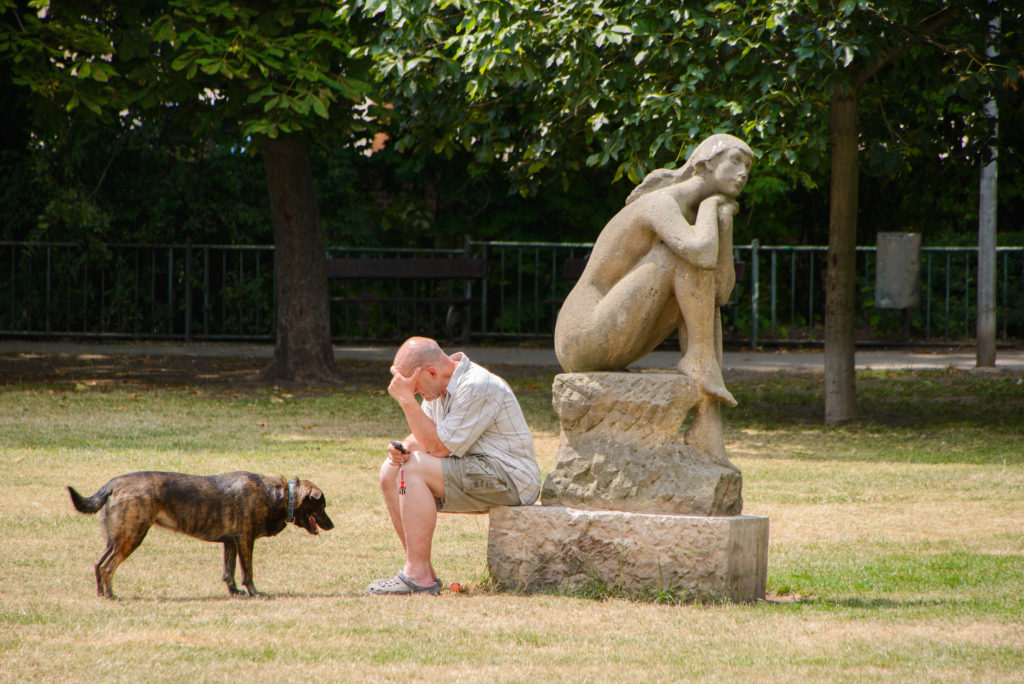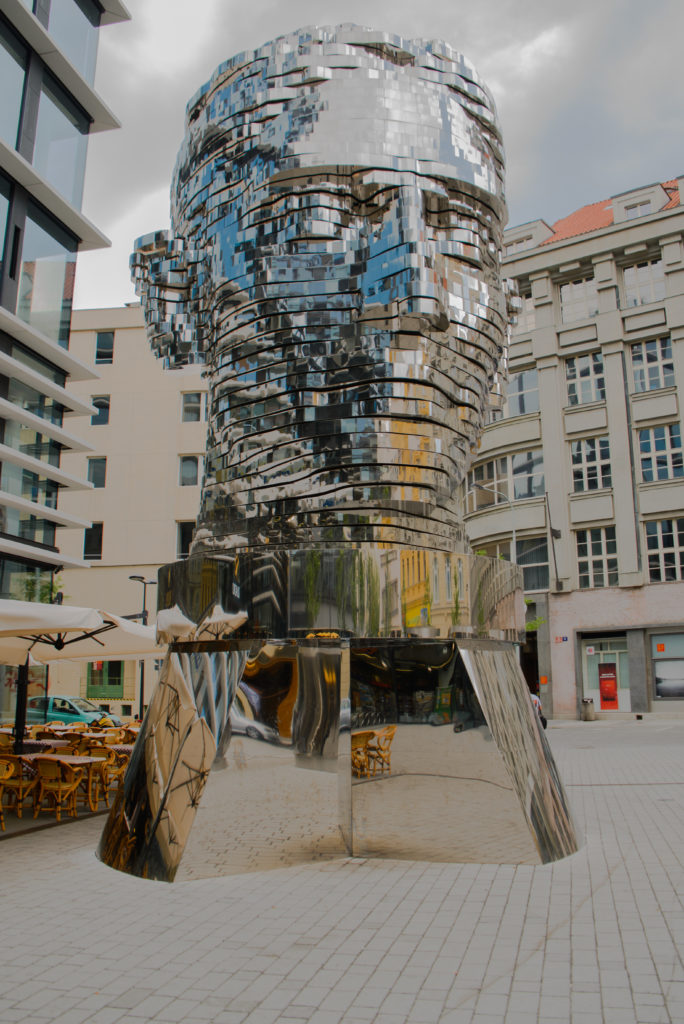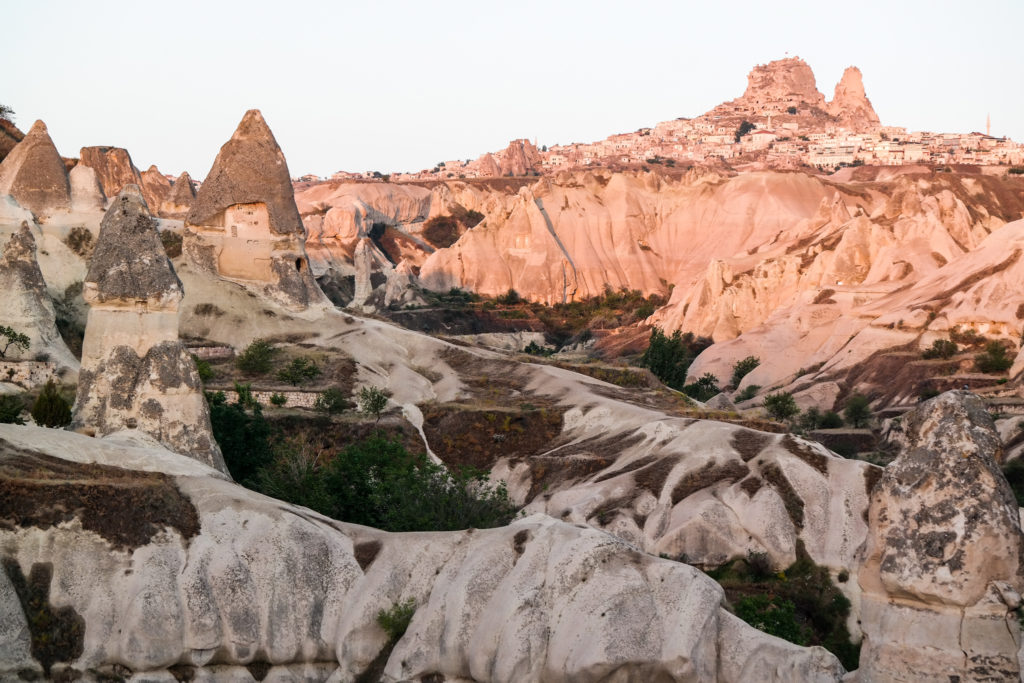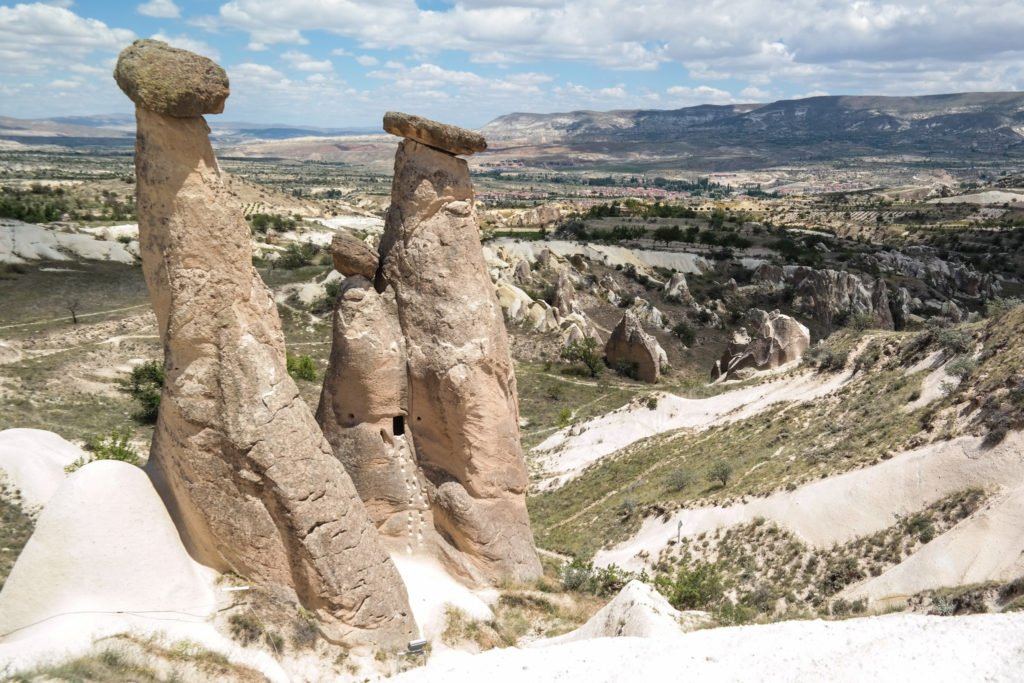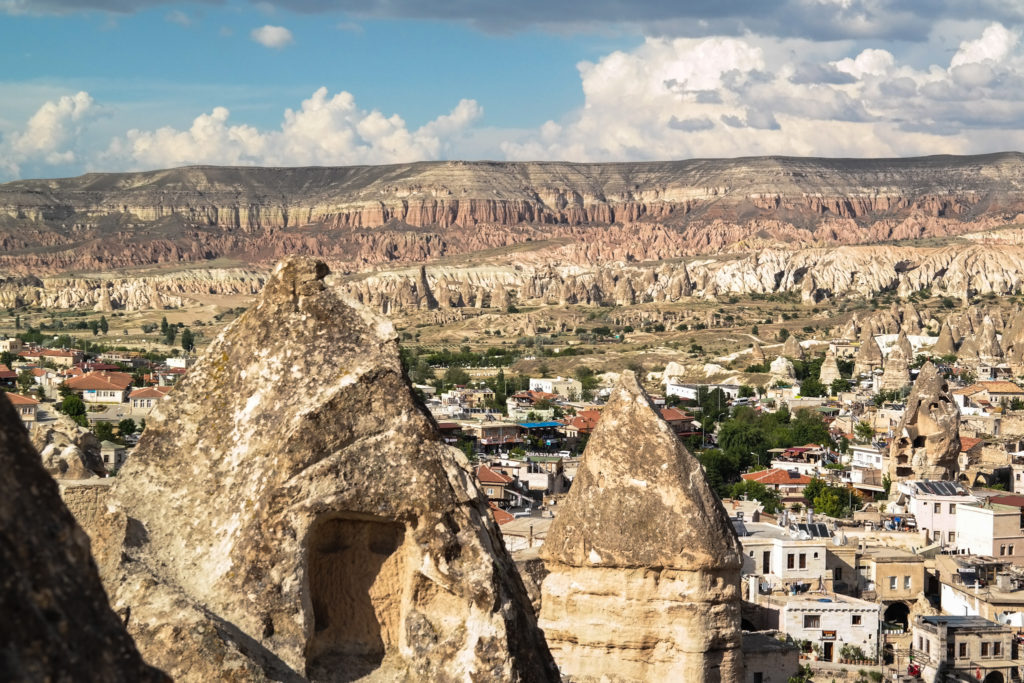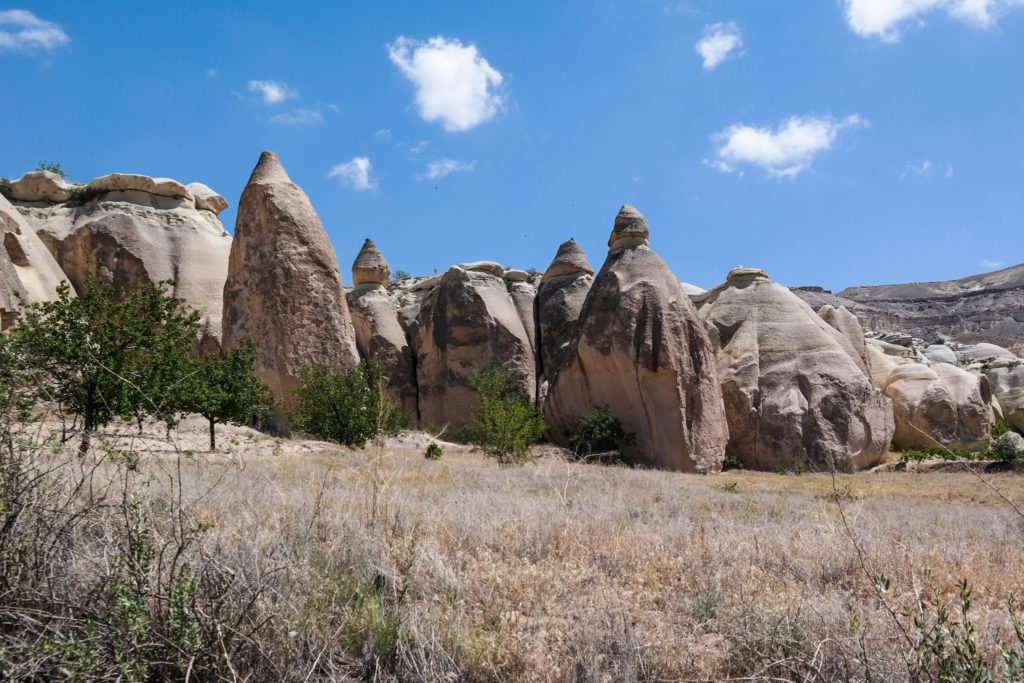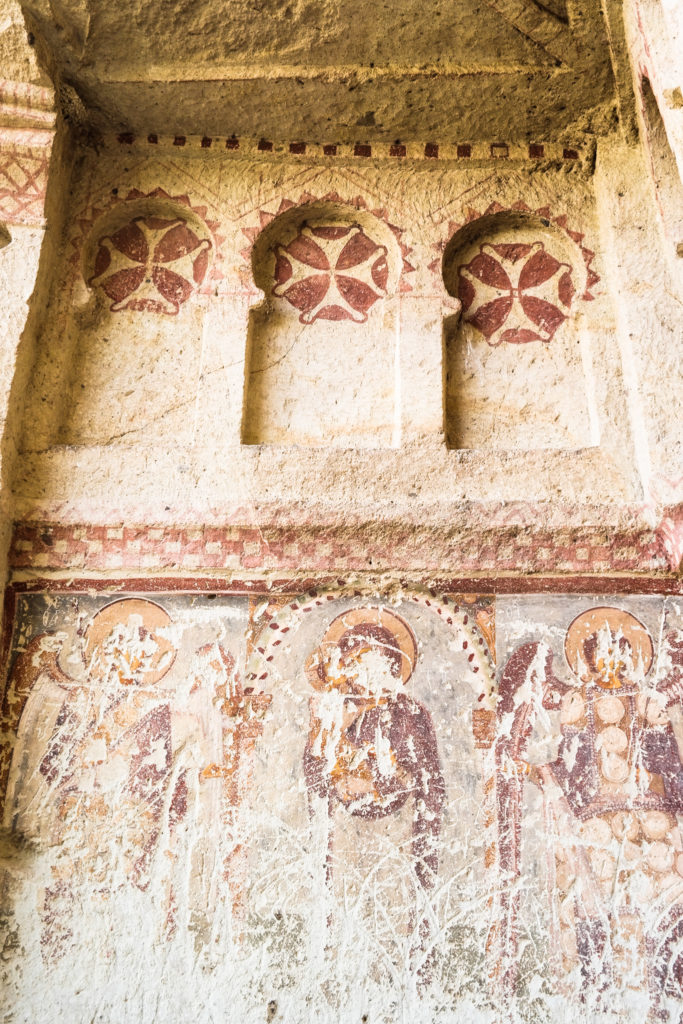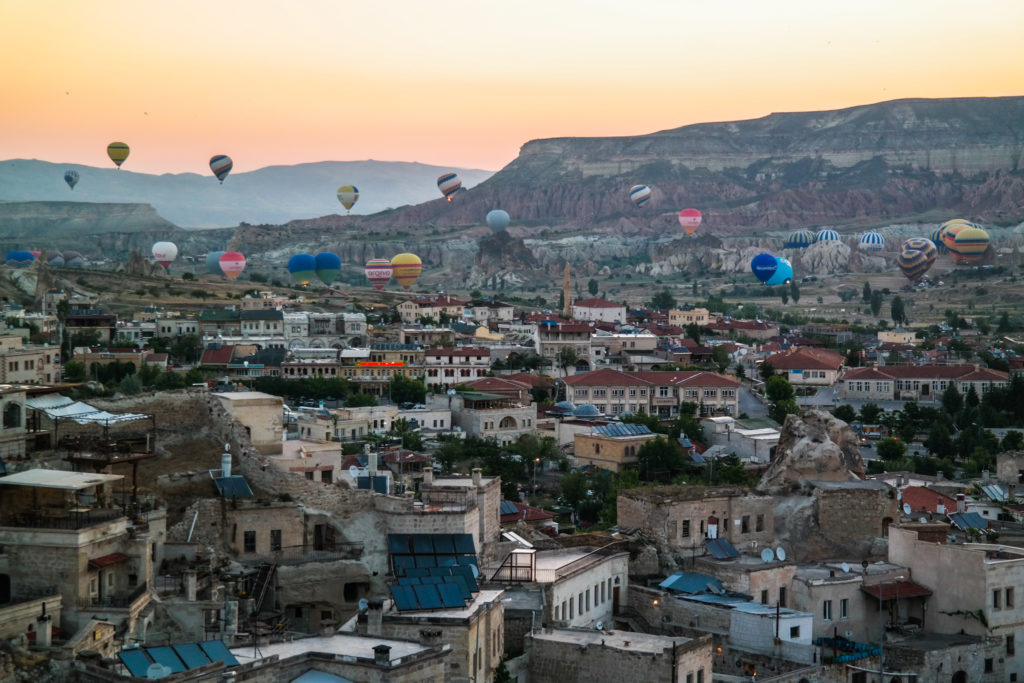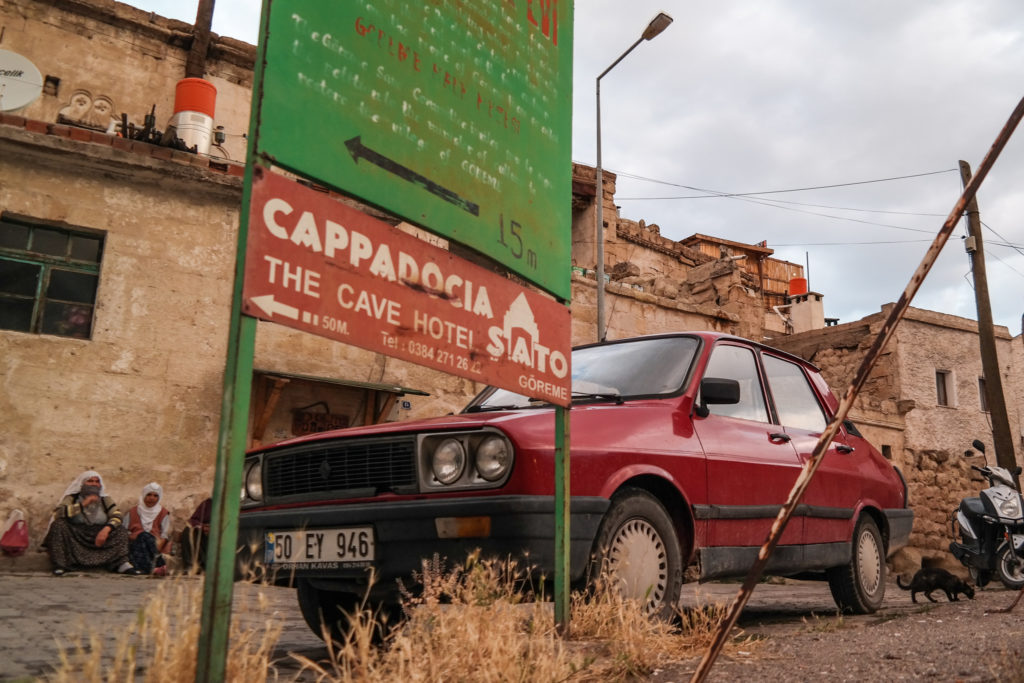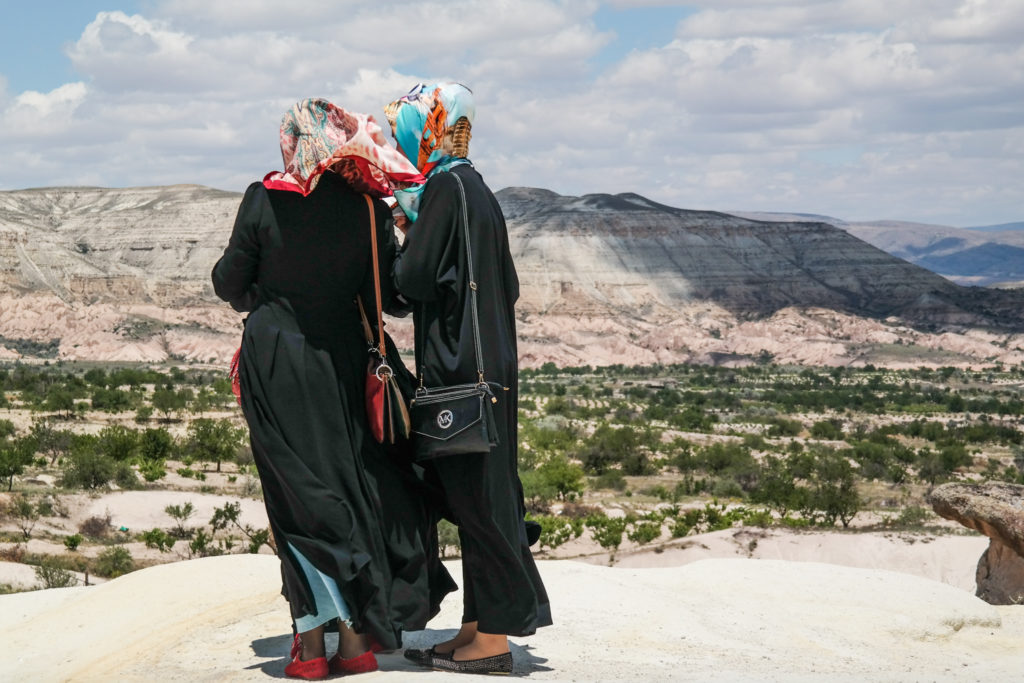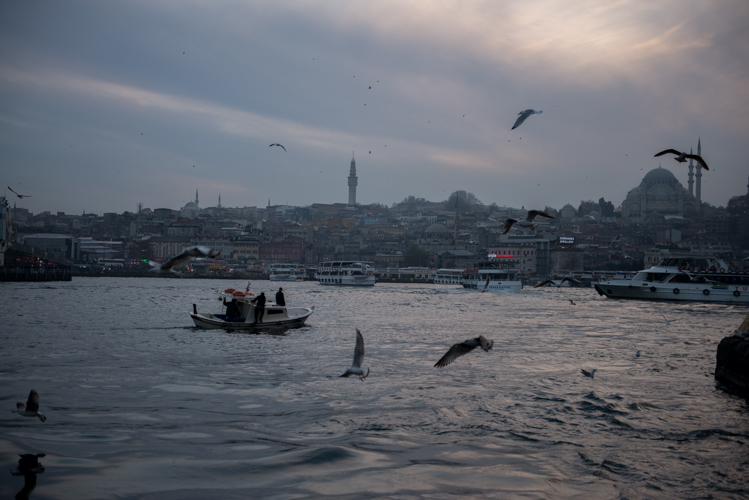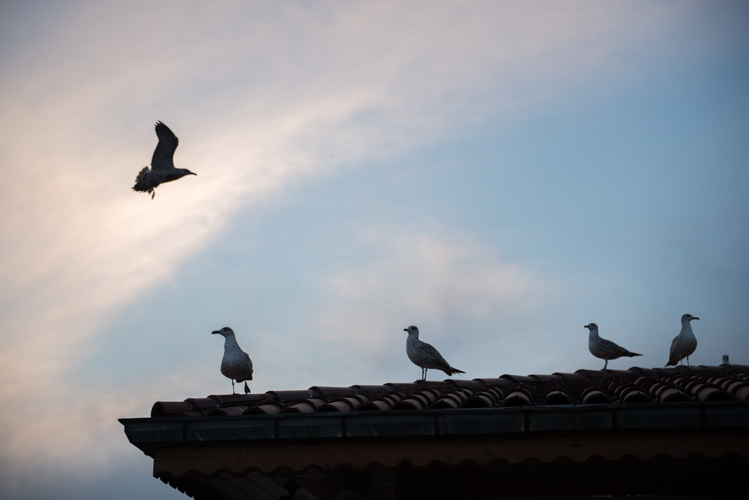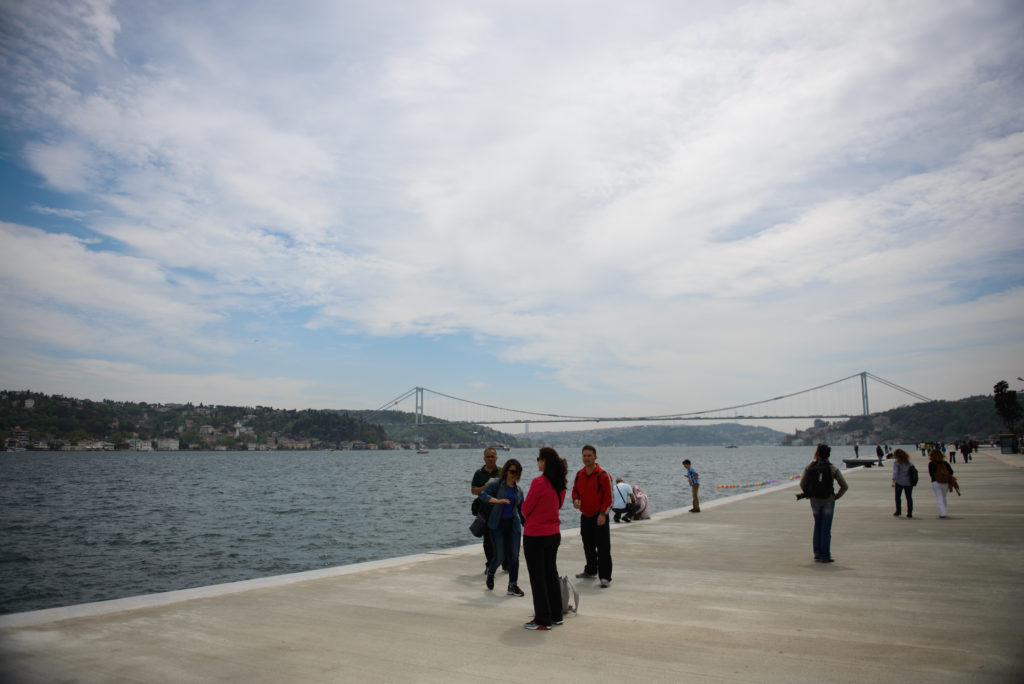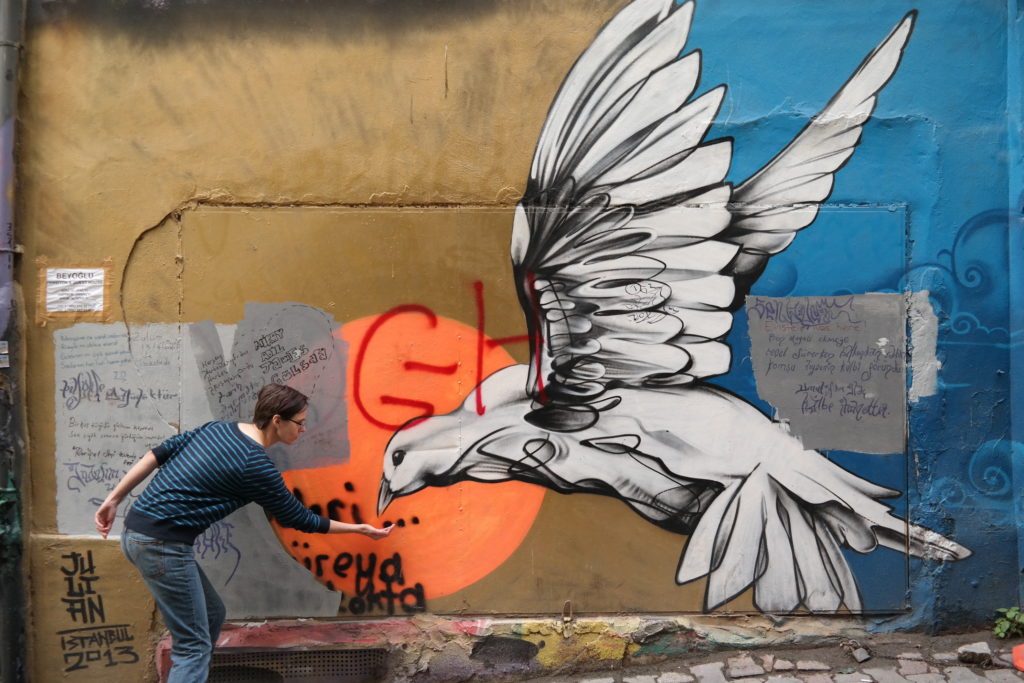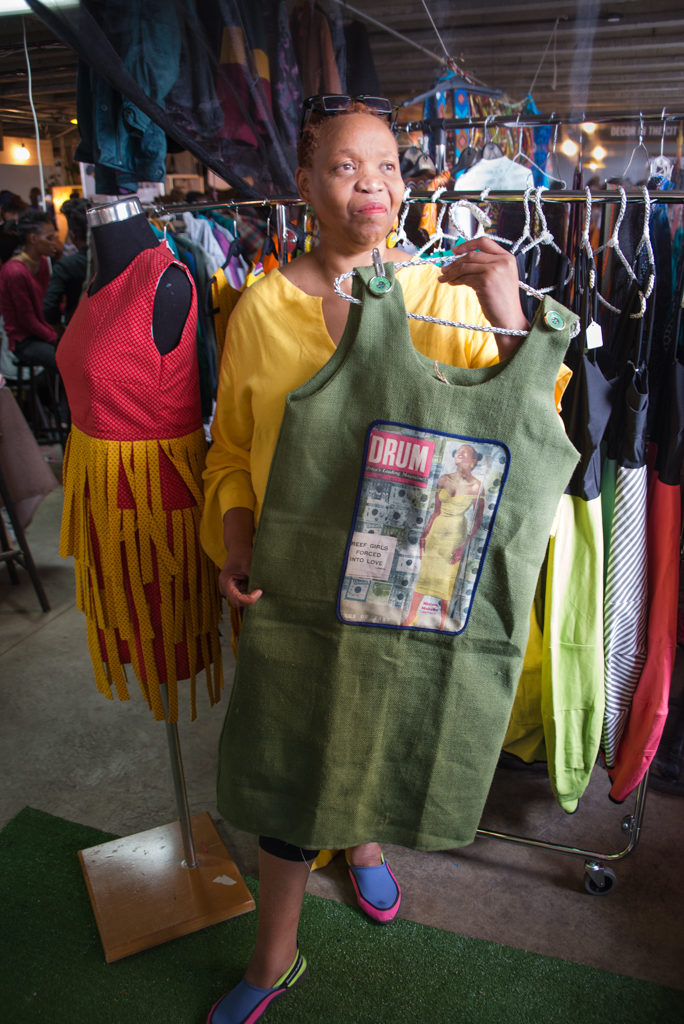
Ten Years ago, on November 7th 2008, the South African Singer and human rights activist Miriam Makeba collapsed after a performance. She was immediately taken to a hospital, but died from cardiac arrest. Nelson Mandela, president of South Africa, issued a statement, saying that the death “of our beloved Miriam has saddened us and our nation. She was the mother of our struggle.”
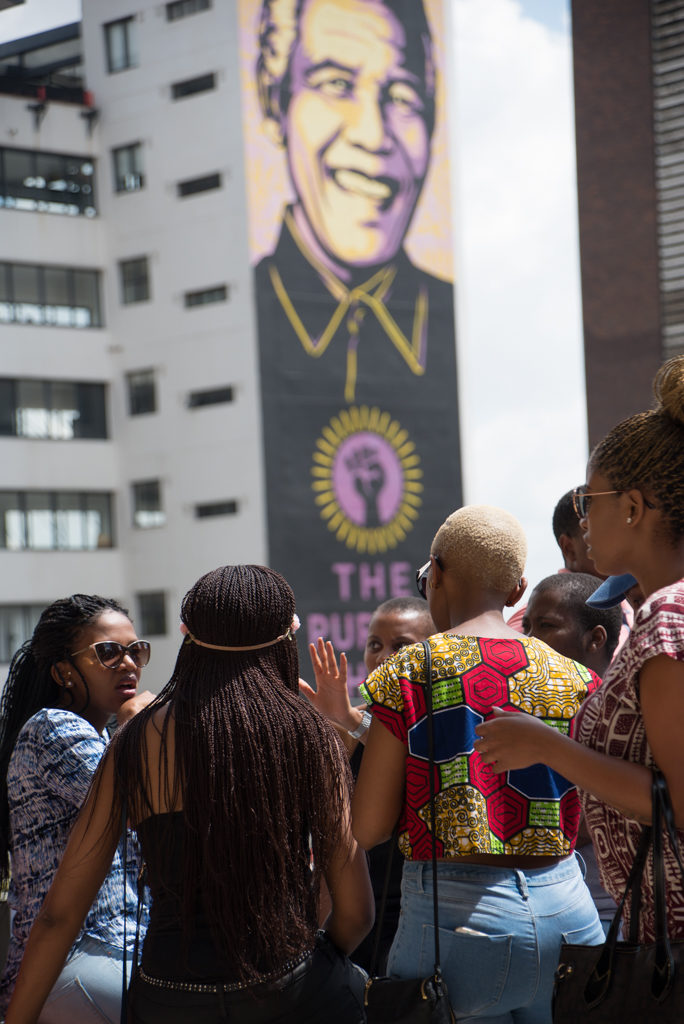
Zenzile Miriam Makeba was a fearless emblem of the travails of black people under the apartheid system. She was a symbol of integrity and pan-Africanism, singing in any language from her own Xhosa to Swahili, from Portuguese to Yiddish. Her love songs and lullabies, party songs and calls for unity spoke of a joyful tenacity, of a will to survive: a deep cultural memory. She stood not only against South African apartheid, but for a worldwide movement against racism. She was Mama Africa.

In 1967, Miriam Makeba was also the first black woman to have a Top-ten world hit: Pata Pata. She had produced the song in the USA, as she was exiled from her native South Africa and her music banned. But in her heart South Africa lived on. “I kept my culture. I kept the music of my roots. Through my music I became this voice and image of Africa, and the people, without even realizing.”
Pata Pata is a Xhosa word, her native language, and means Touch, Touch. In the 1950ies, when Zenzile Miriam was young, an aspiring singer, it was a popular dance in the shebeens of Sophiatown.
Apartheid had just been installed in South Africa, but the Johannesburg suburb of Sophiatown was still spared segregation. Africans of all tribes lived door by door with Indians, Chinese, Jews, and Mulattos. Mansions and quaint cottages stood next to rusty wood-and-iron shacks ignoring race or class structures. There were gangs in Sophiatown, the Tsotsi – modelled themselves after the American Zootsuits, and Miriam was a gang member, too. She performed as a singer in the shebeens – illegal drinking dens.
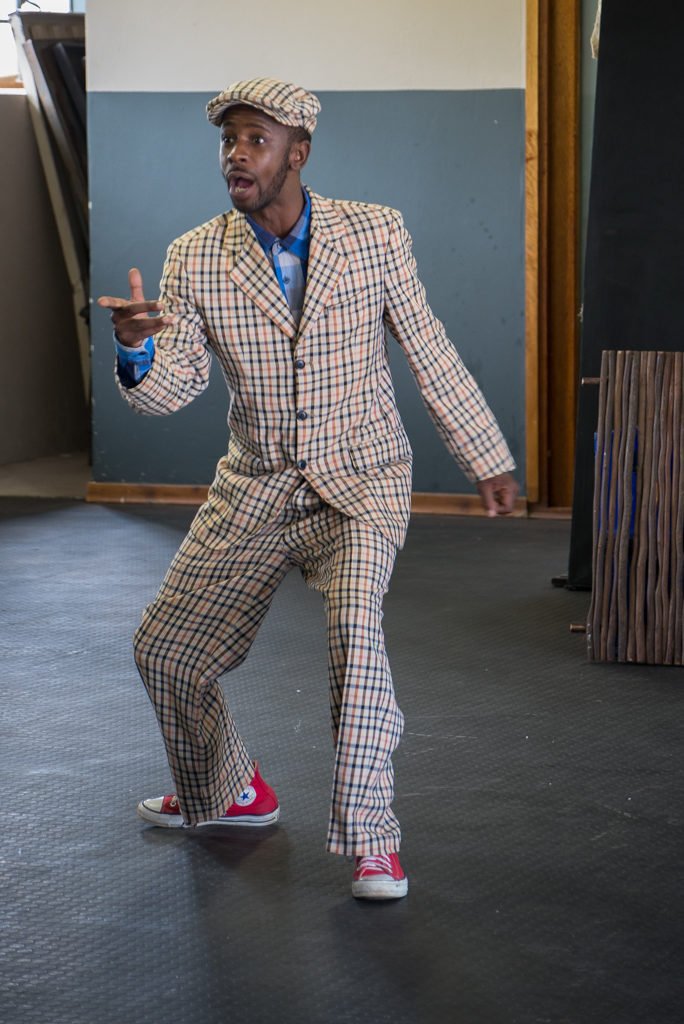
Music thrived in Sophiatown – giving birth to its own South African Jazz, Marabi, a mixture of American Bebop and African traditional grooves, with Hugh Masakela, Abdullah Ibrahim, Kippie Moeketsi and Dolly Rathebe starting their careers. Black intellectuals flocked to Sophiatown to talk, listen and dance to recordings of the newest jazz. And Drum Magazine, the only black magazine, covered this bubbling scene, with photographers Bob Gusani and Ernest Cole, and artist Gerard Sekoto.
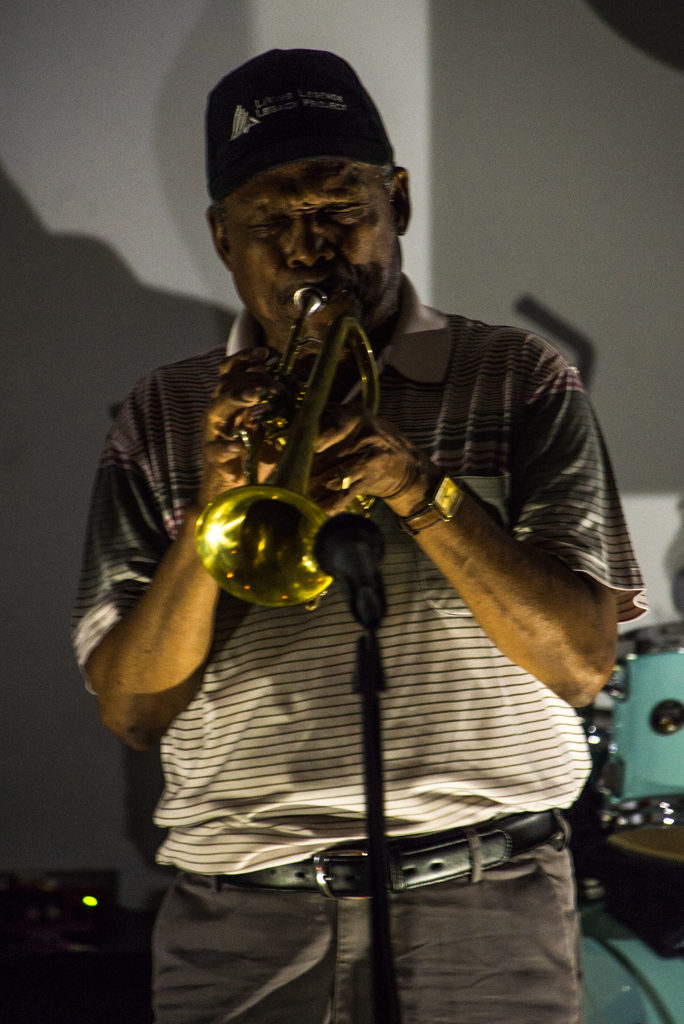
“For Africans it was the Left Bank in Paris, Greenwich Village in New York, the home of writers, artists, doctors and lawyers. It was both bohemian and conventional, lively and sedate.” Nelson Mandela wrote in his autobiography. He too, a young lawyer, had come to Sophiatown. For music and political resistance went hand in hand in South Africa. That’s how Miriam and Nelson met.
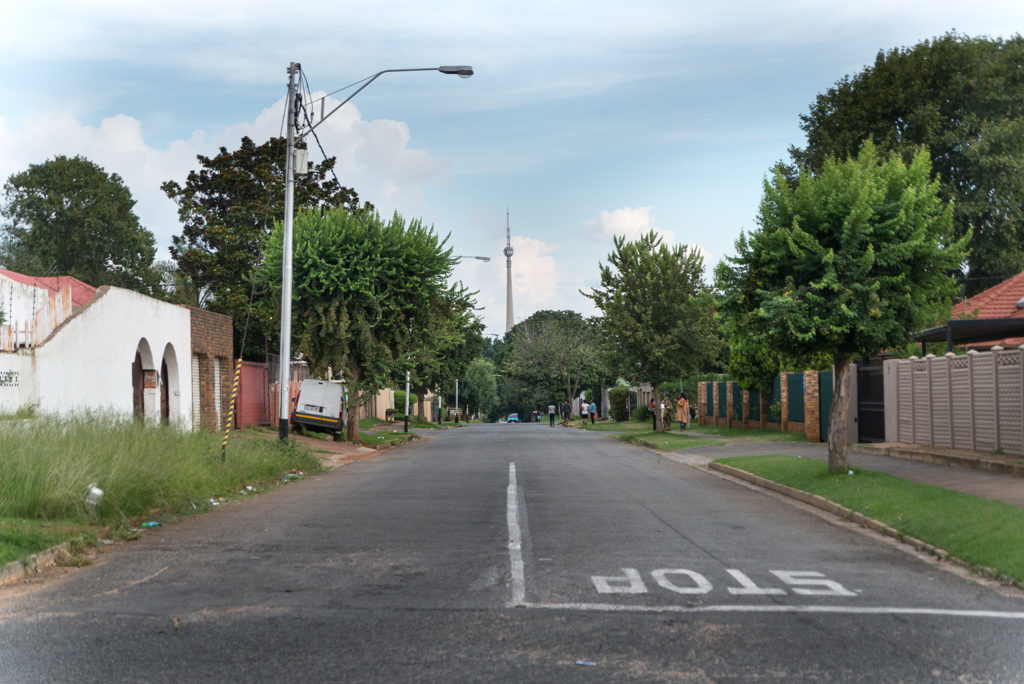
In 1955, the governing National Party (NP), sent two thousand policemen armed with guns and rifles. Influential musicians, writers or activists were exiled or imprisoned, 60 000 inhabitants removed. Sophiatown was flattened by bulldozers.
Nowadays, long after the fall of Apartheid, and a cultural organization is trying to preserve the legacy and memory of the once vibrant suburb, and revive its grooves by organizing jazz workshops and concerts.
For her last concert, Miriam Makeba had come to Naples to participate in a charity held in solidarity with the writer Roberto Saviano, whom the Camorra threatened with death. Her last song was Pata Pata.
The real Pata Pata Dance




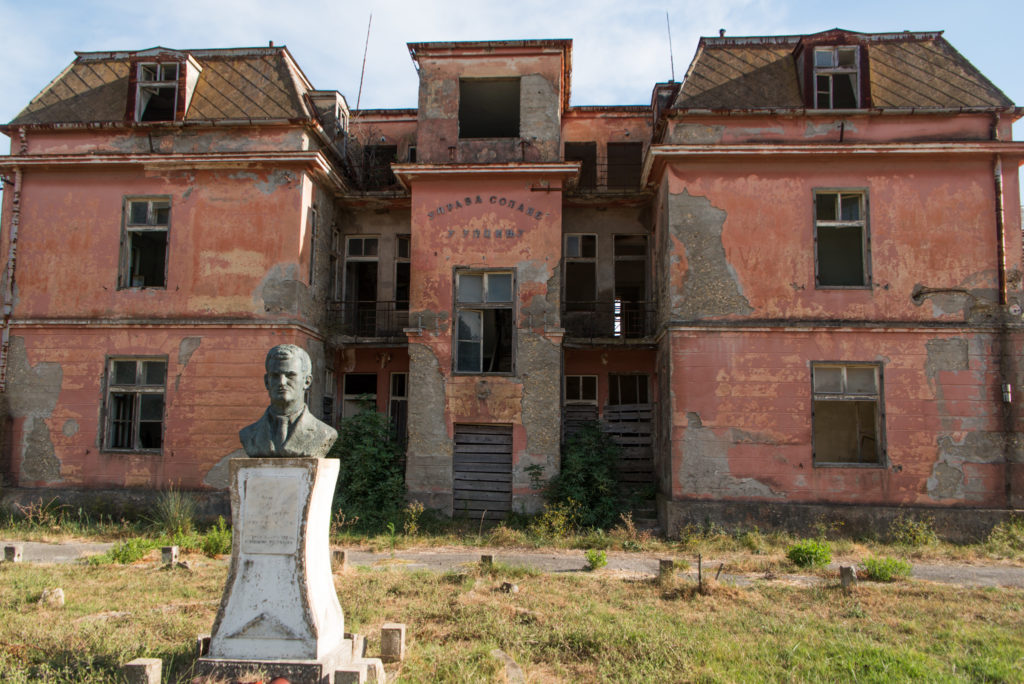









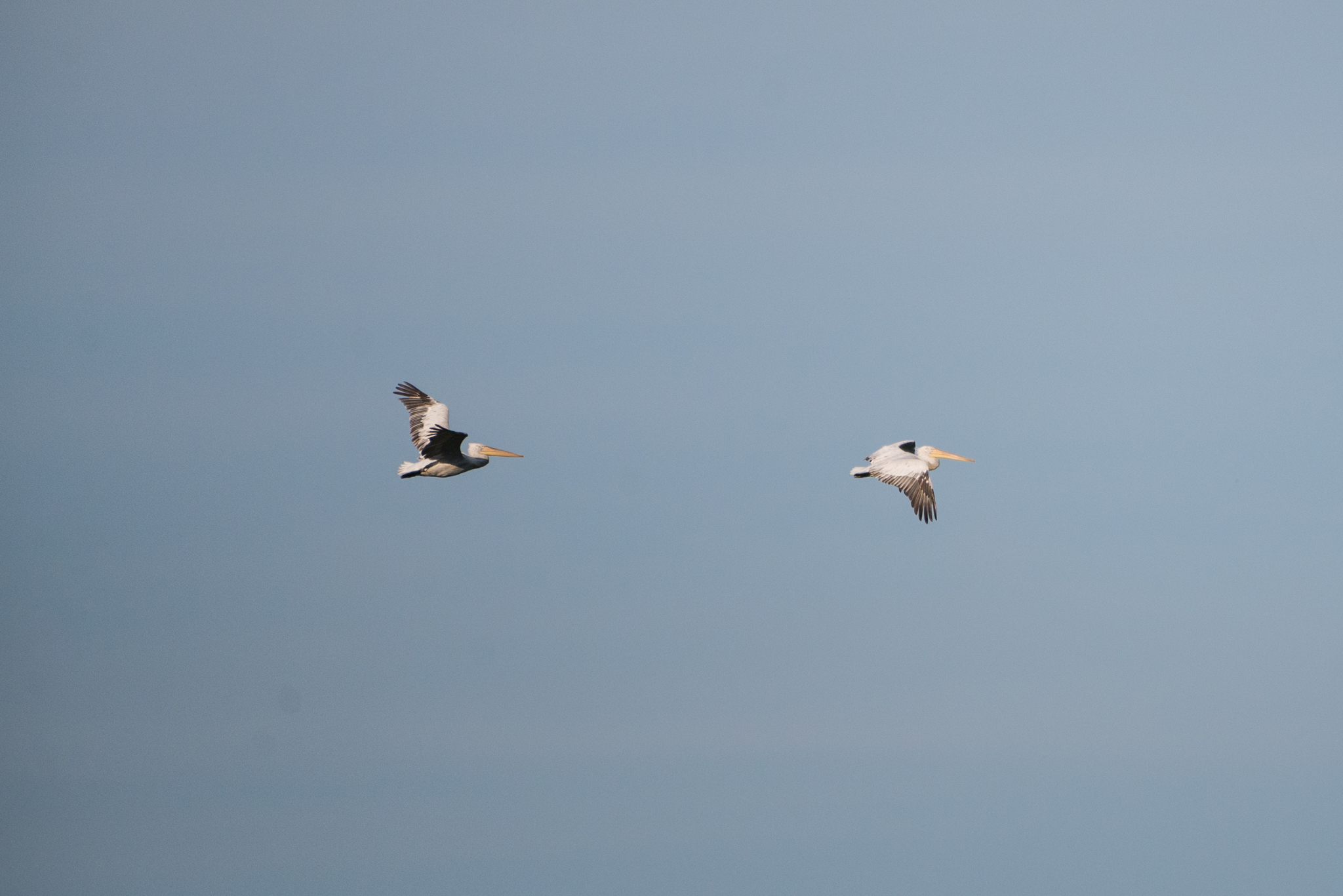
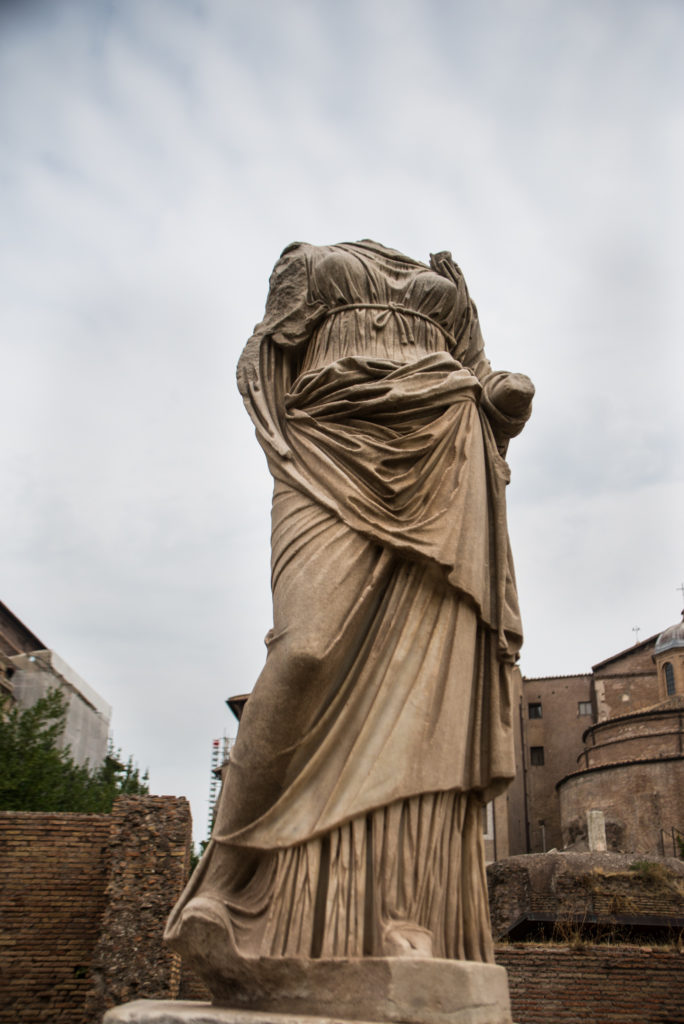
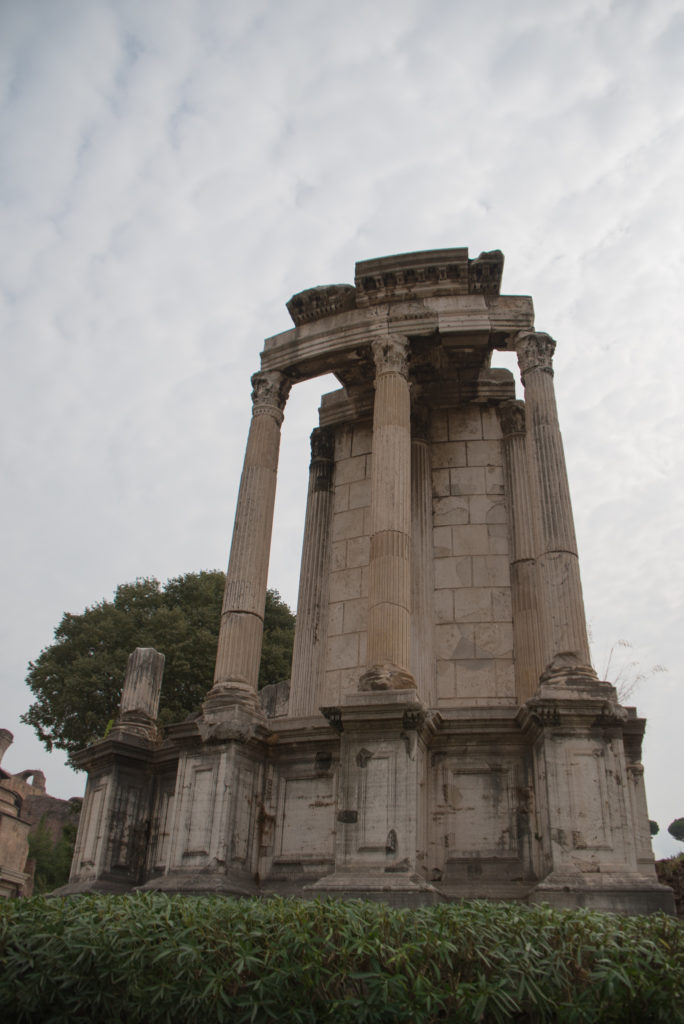
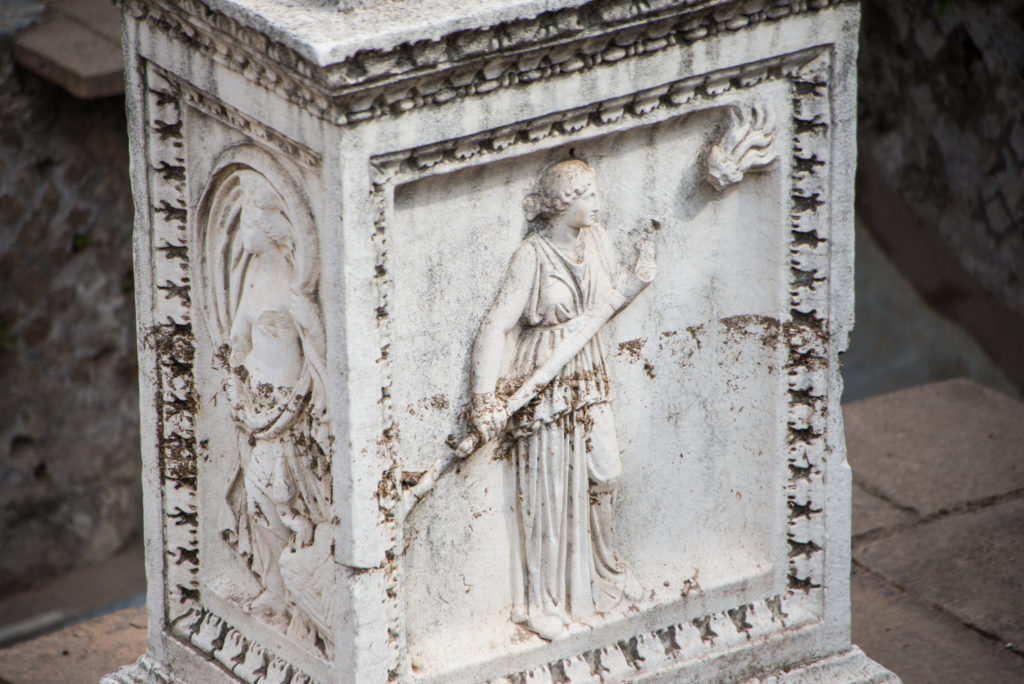
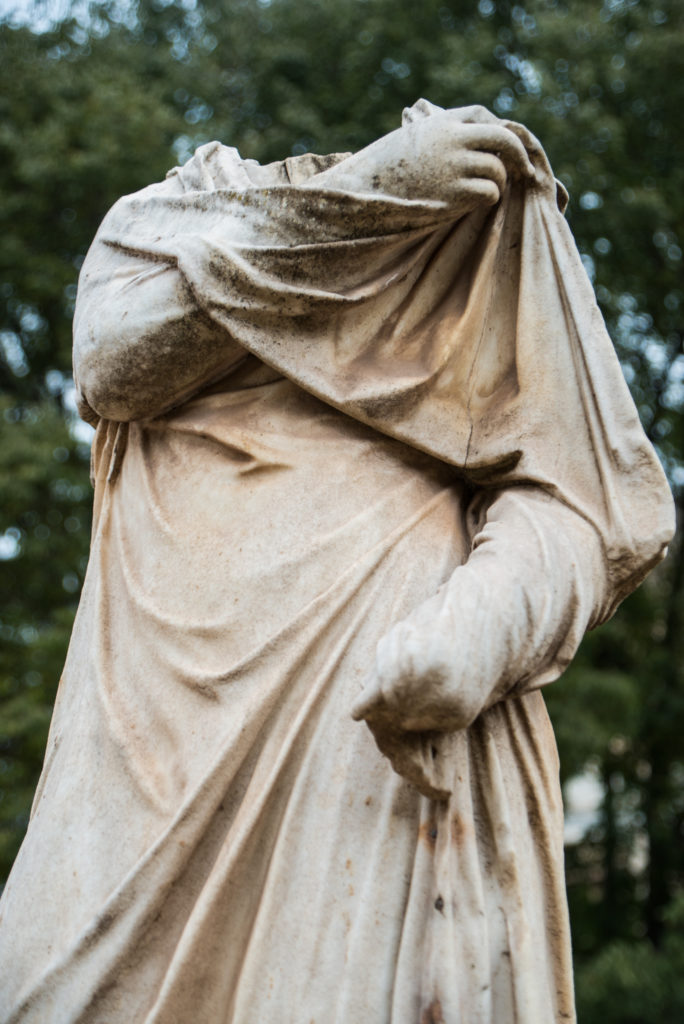
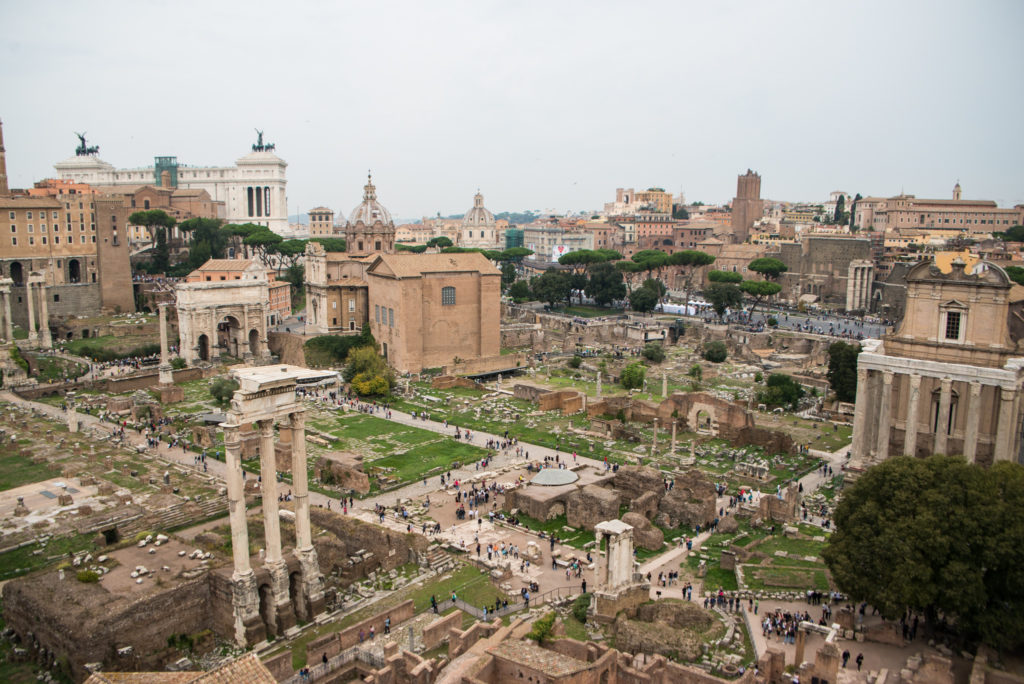
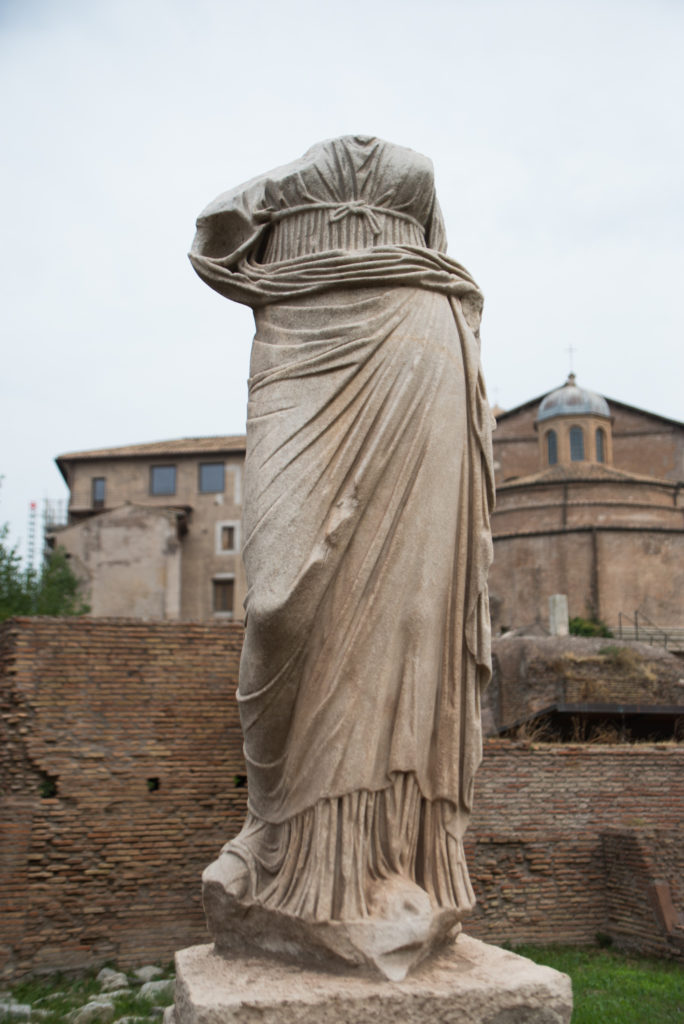
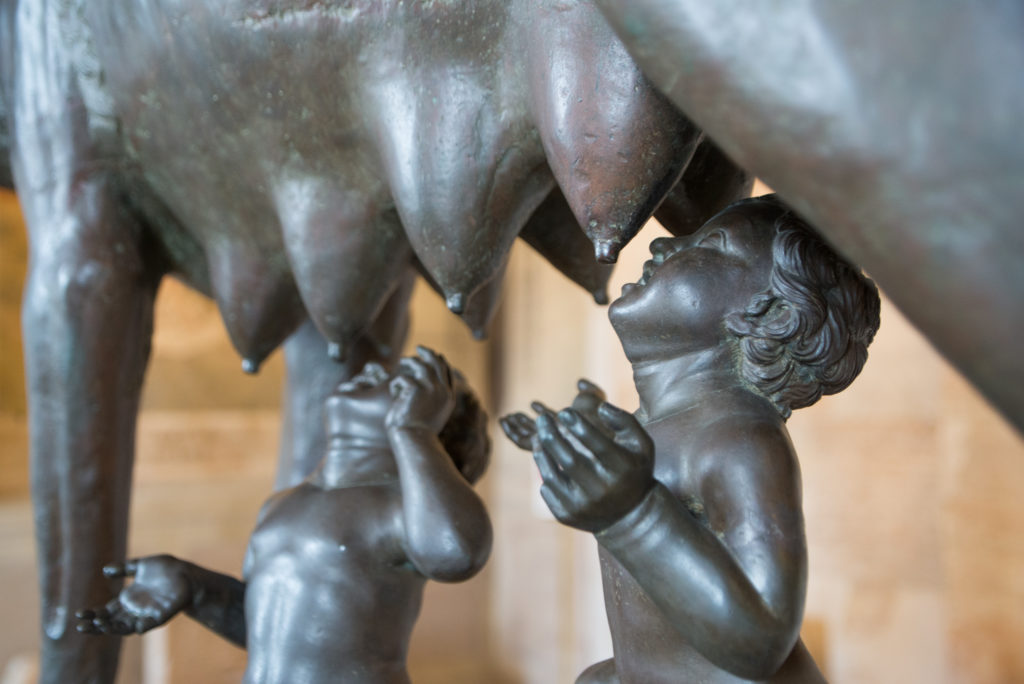
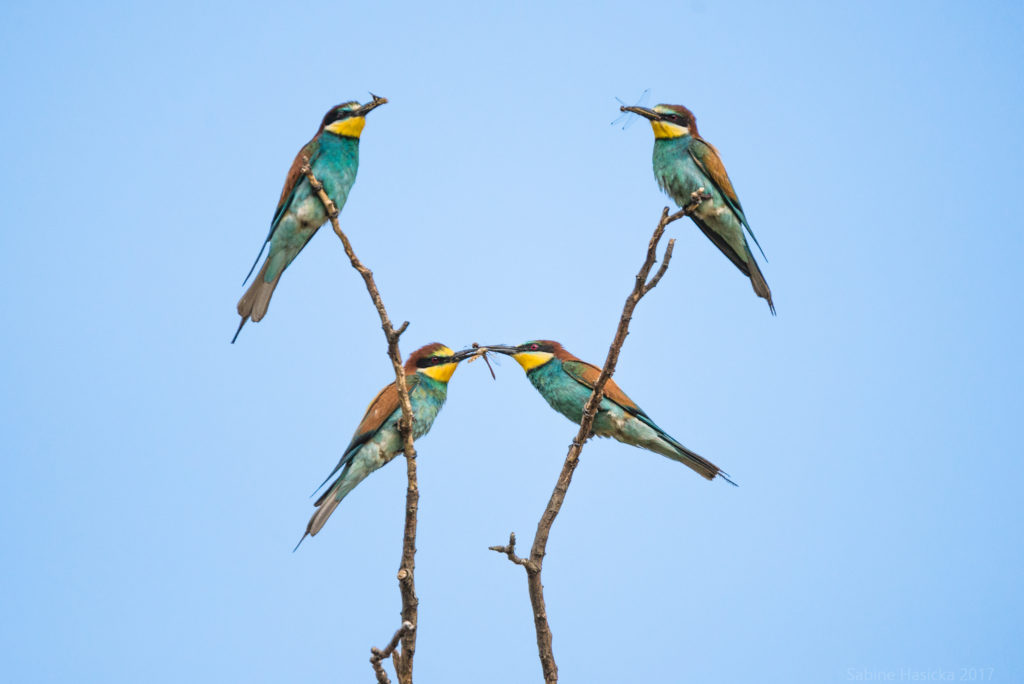
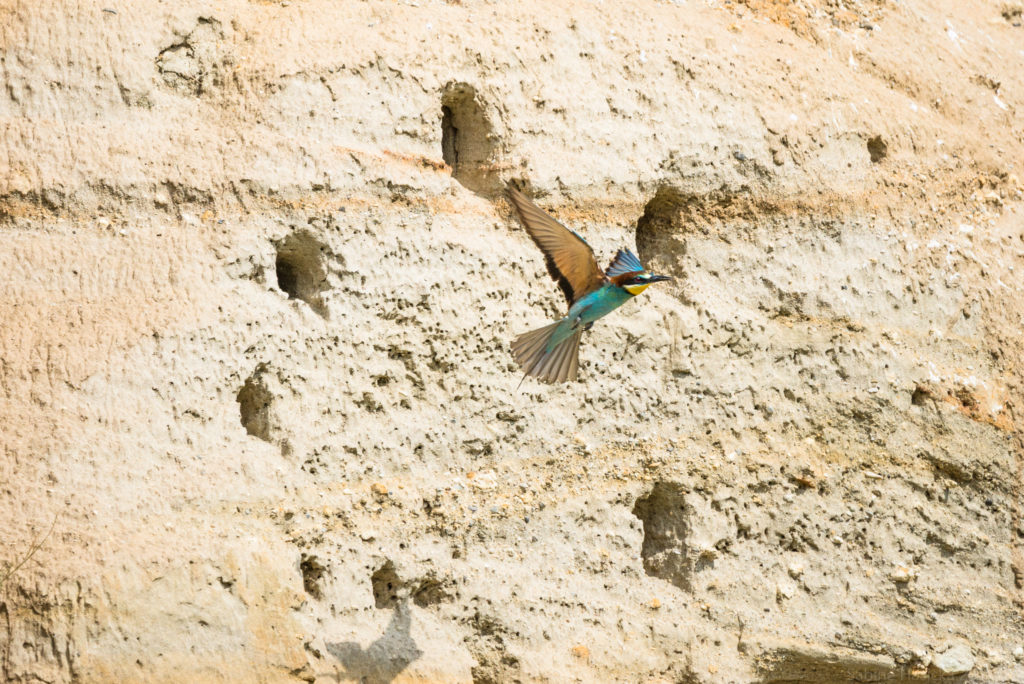
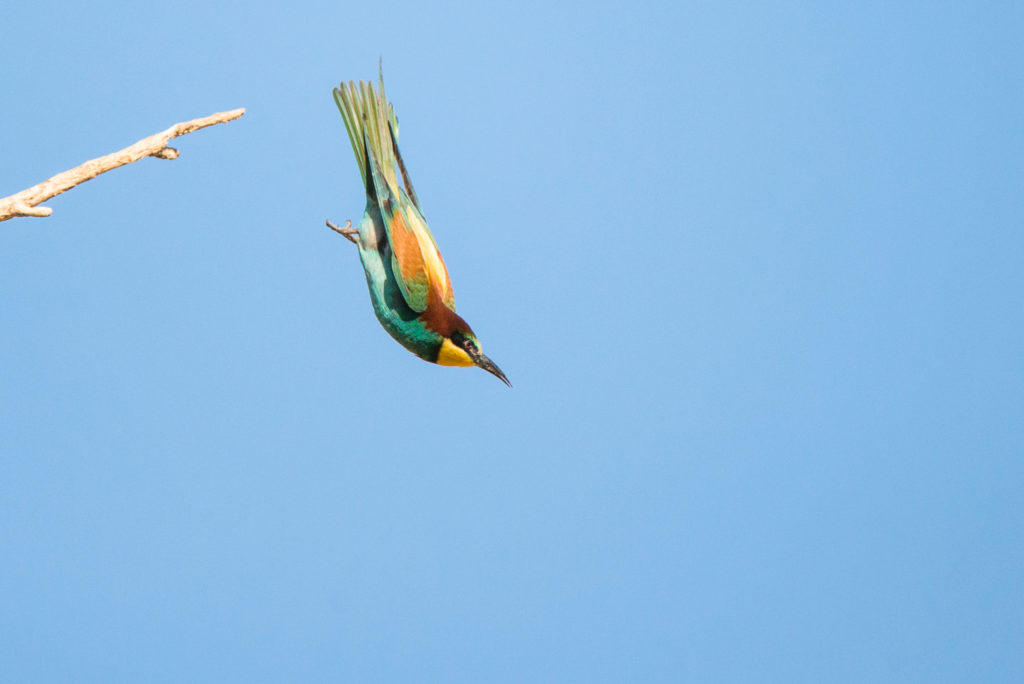
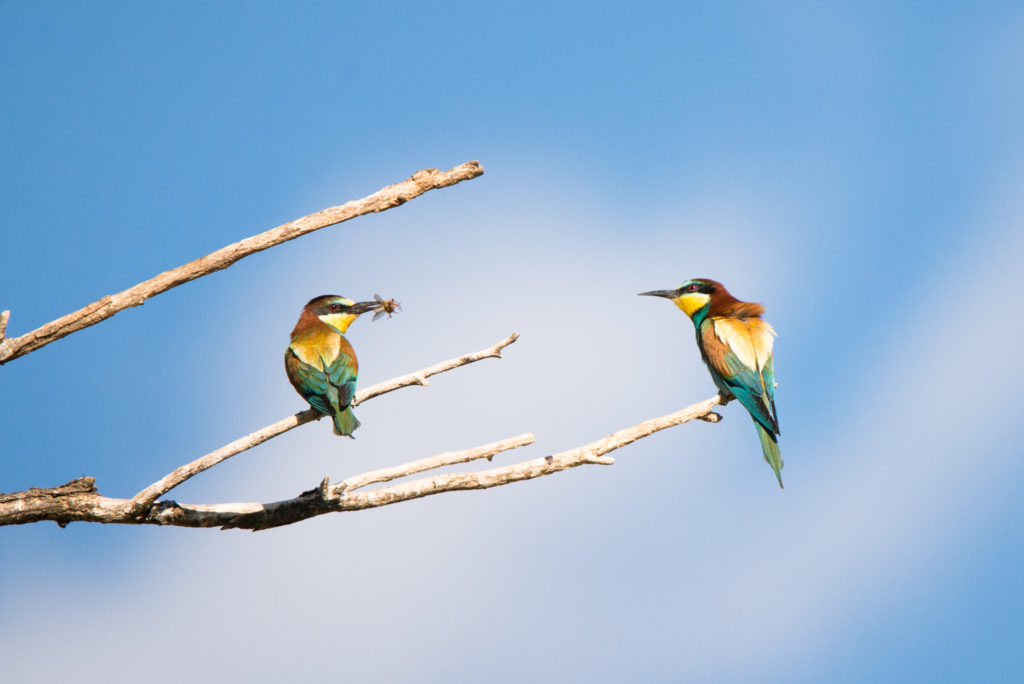
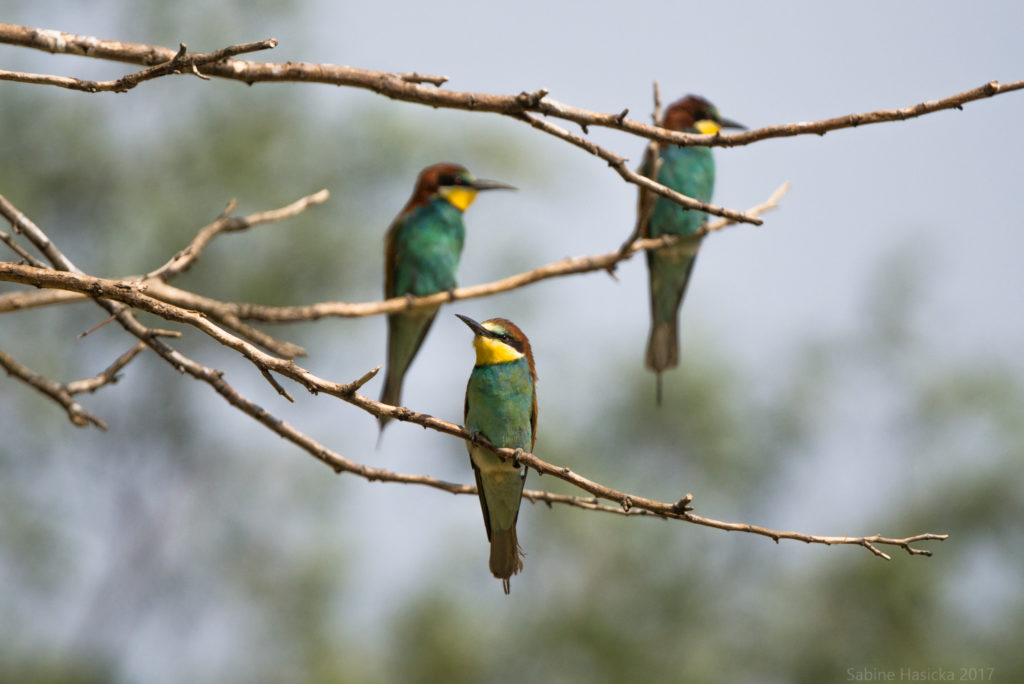

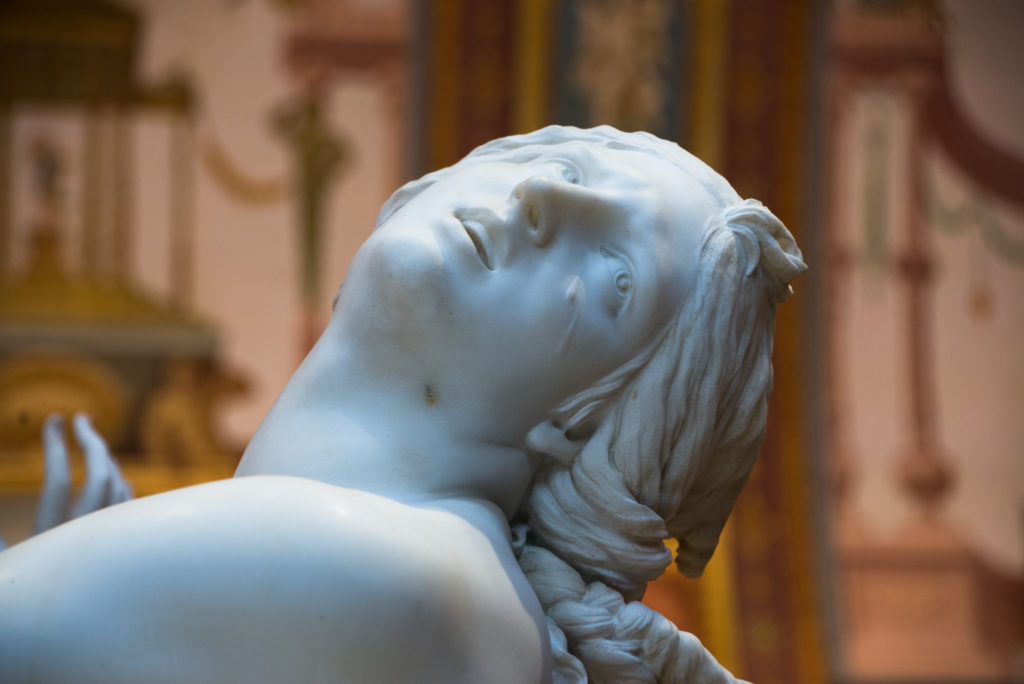
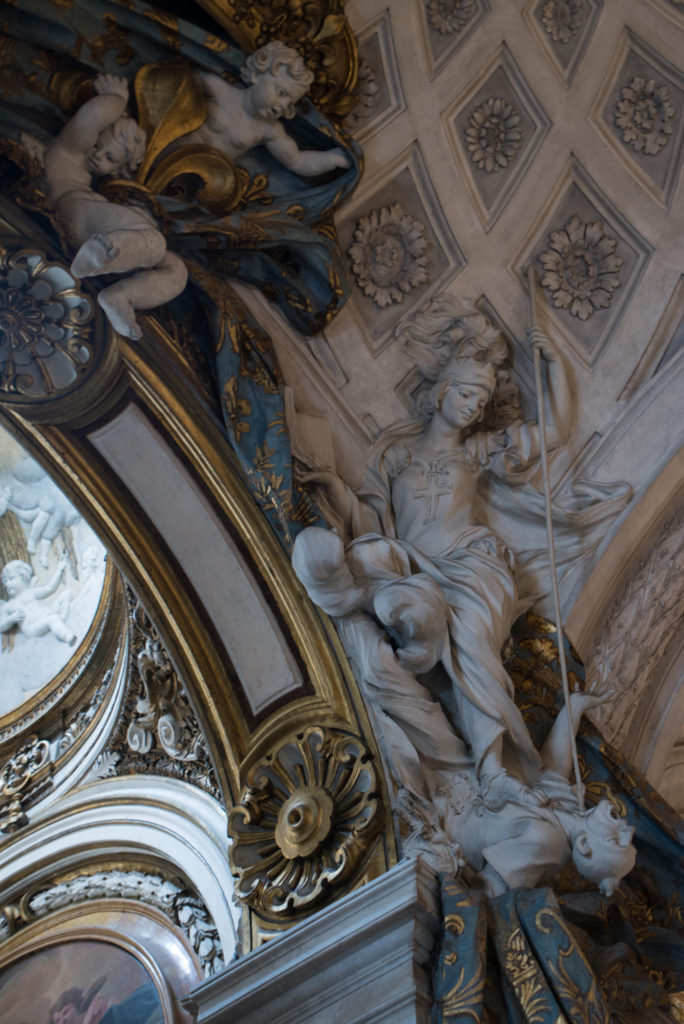
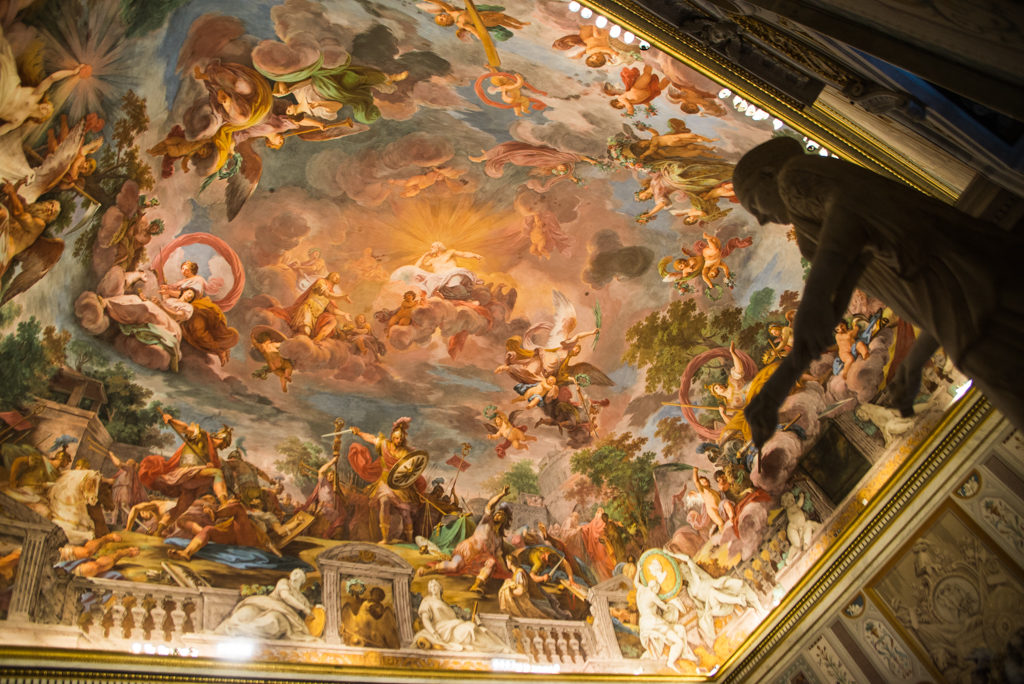
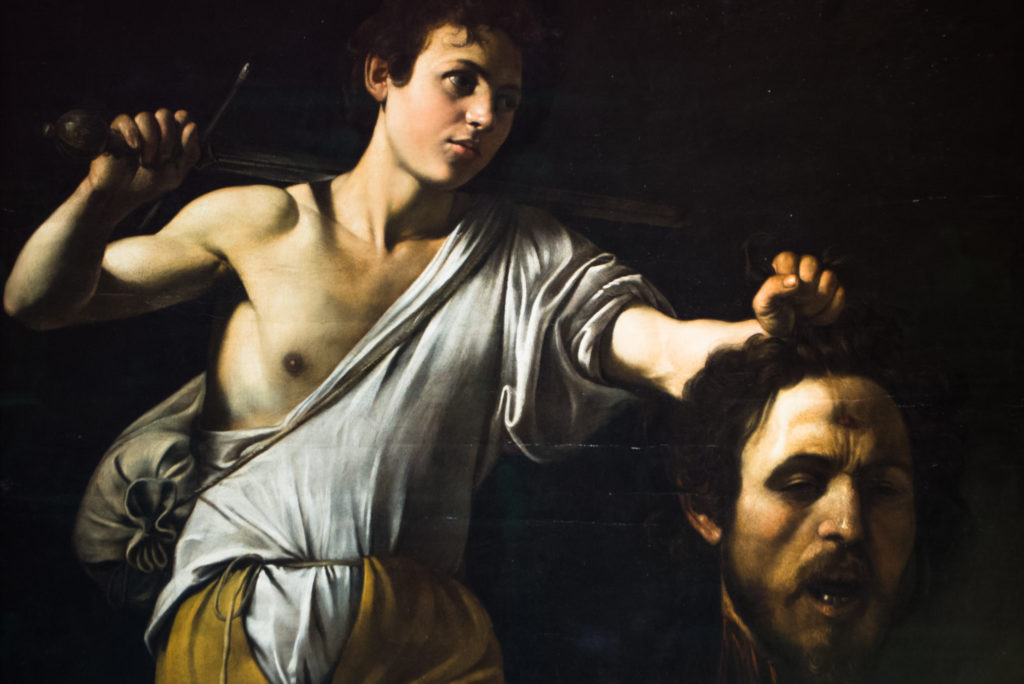
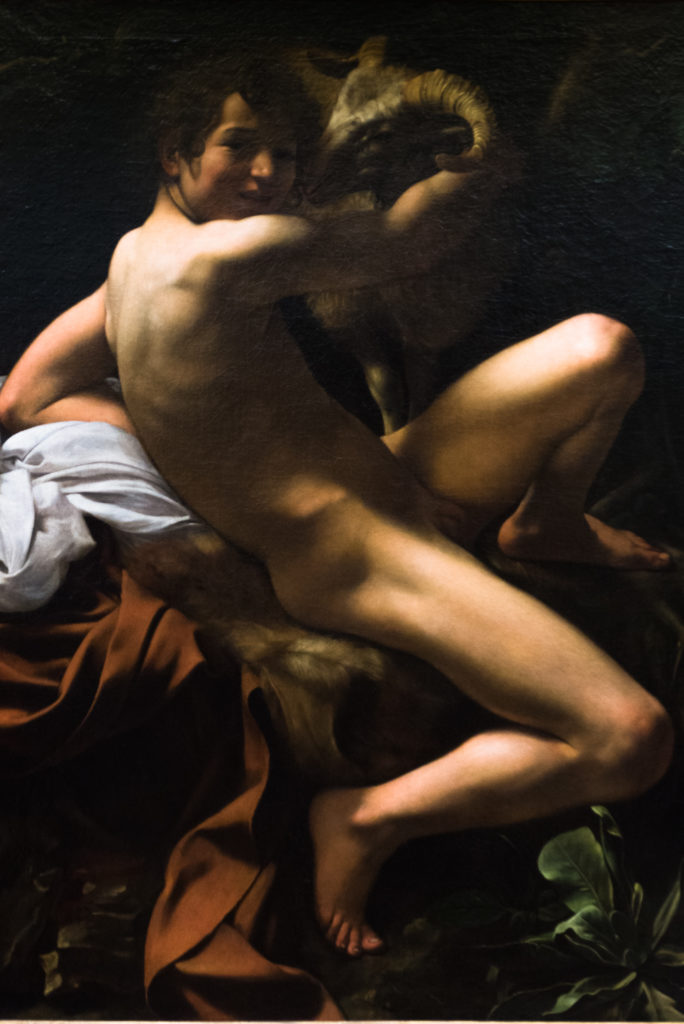
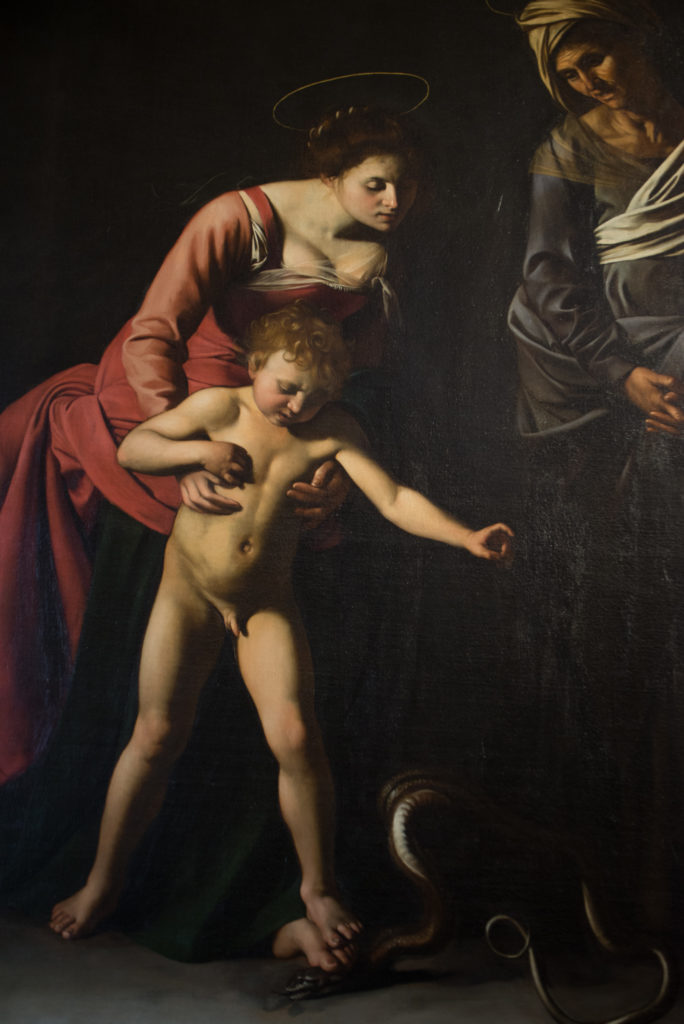
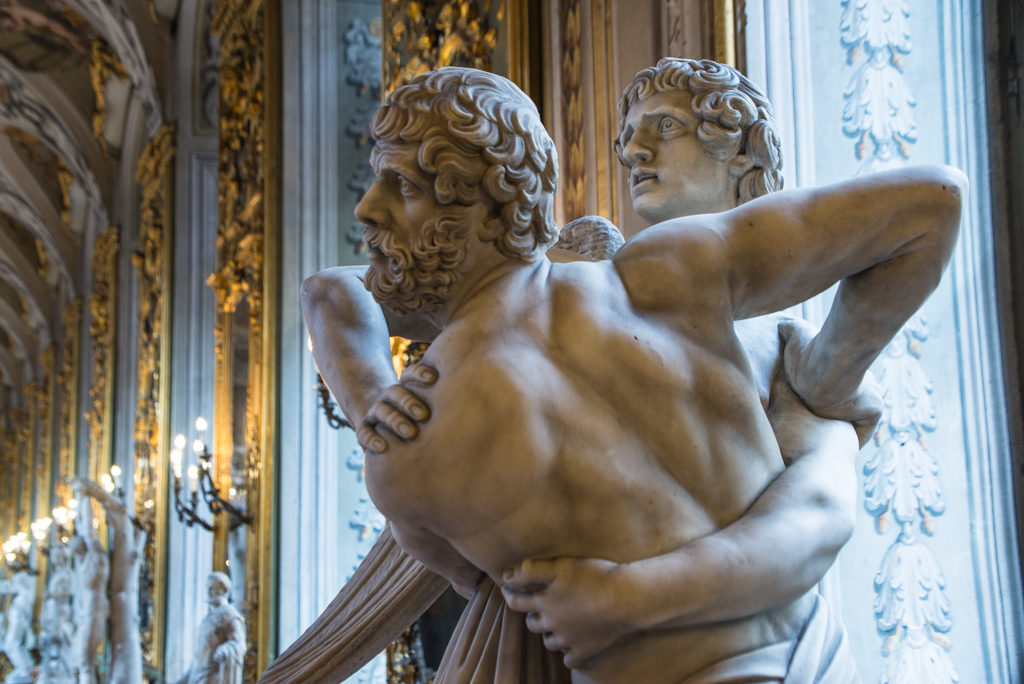
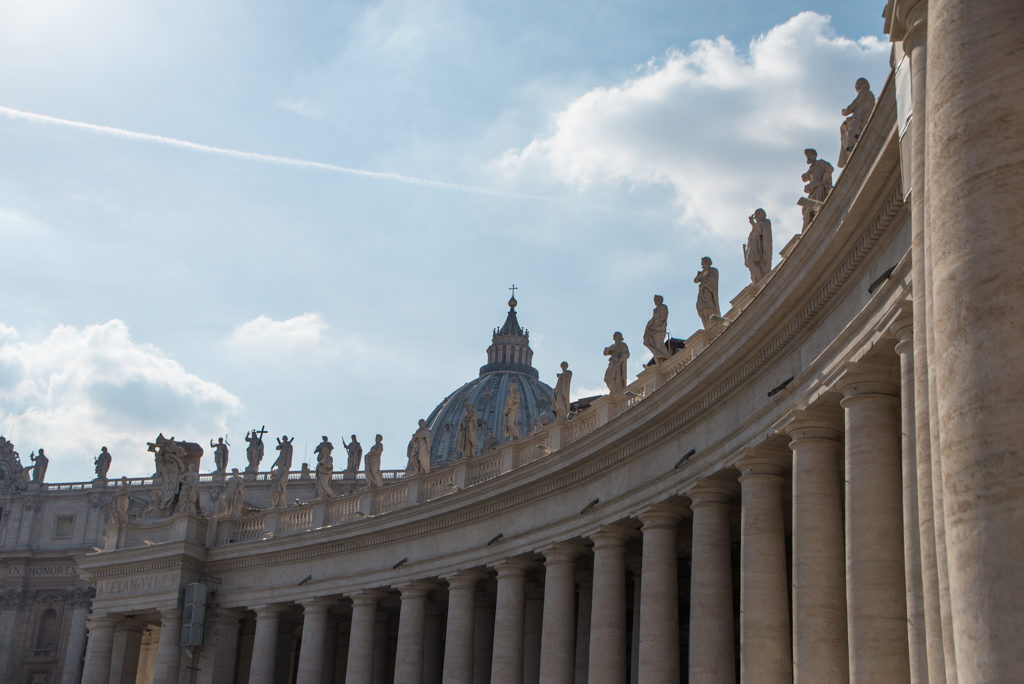
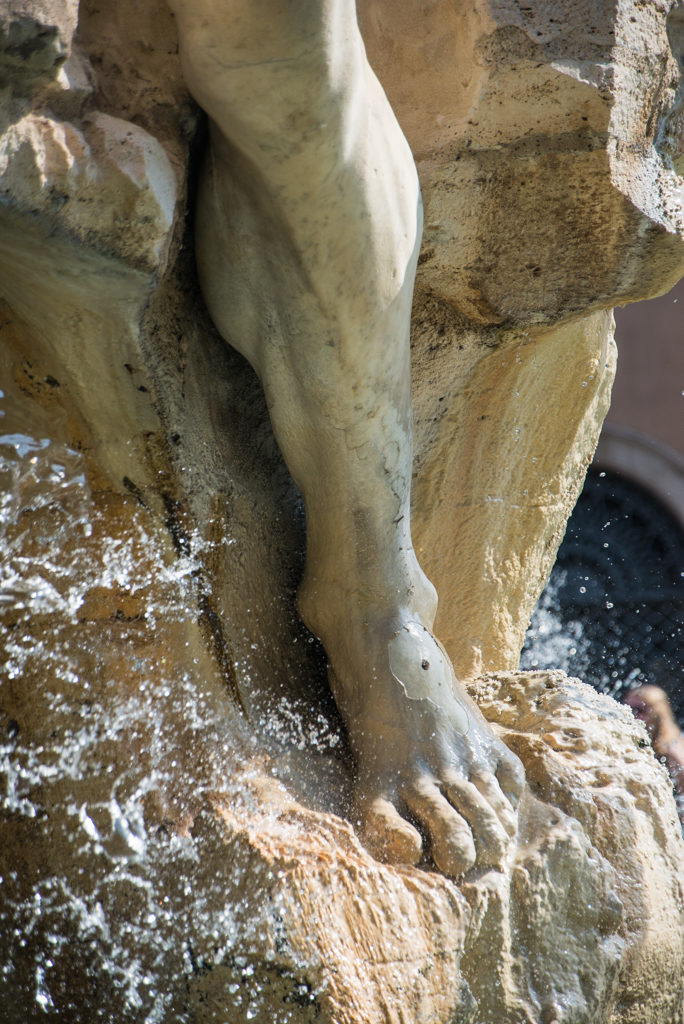
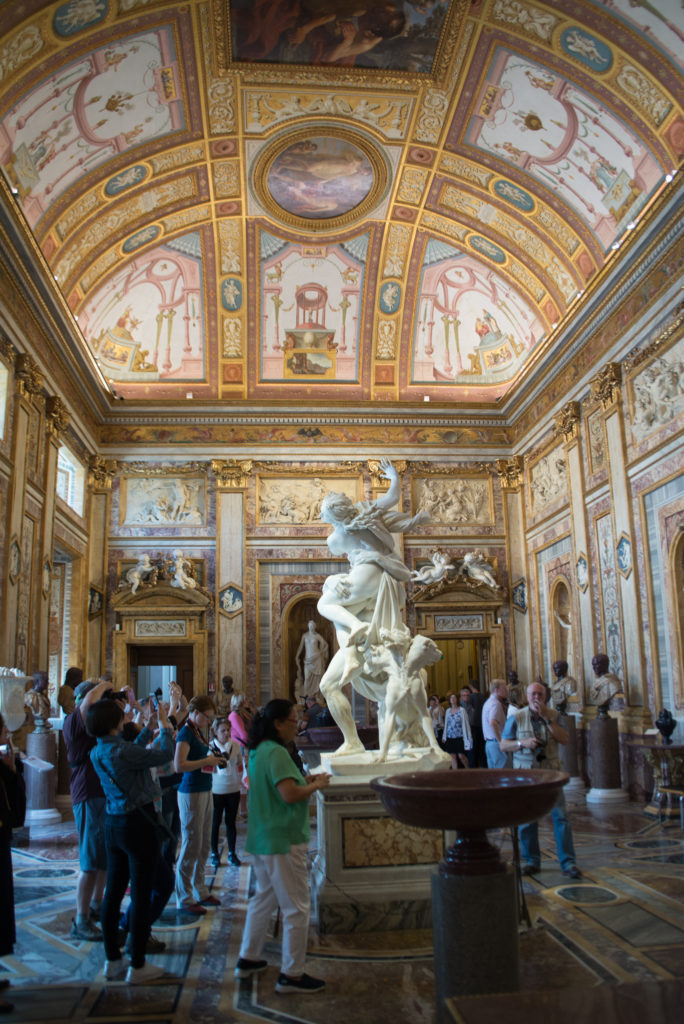
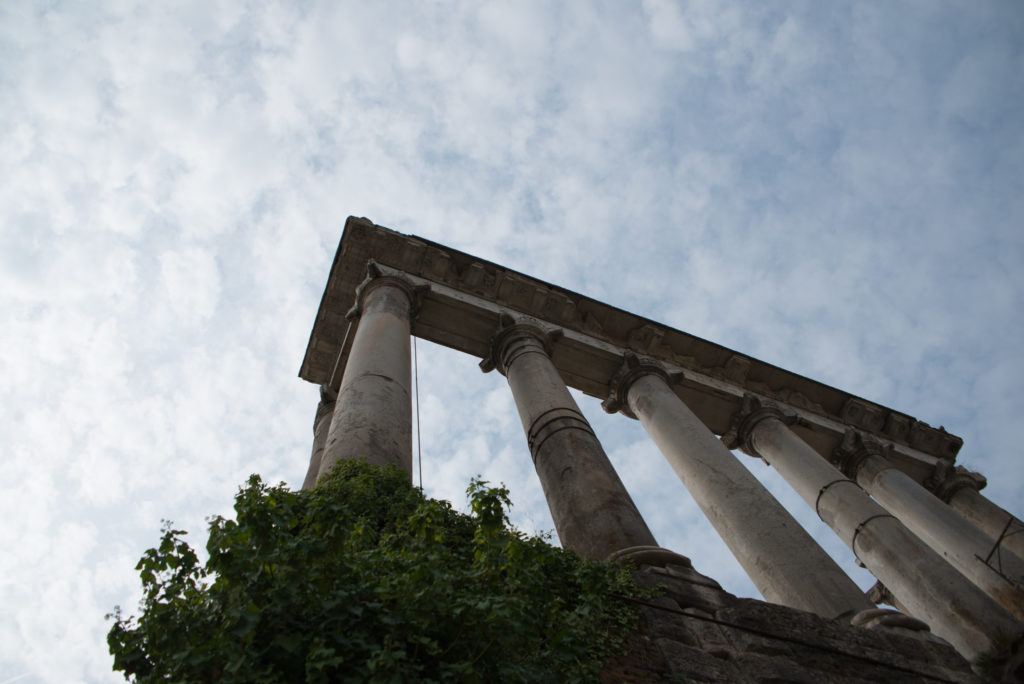
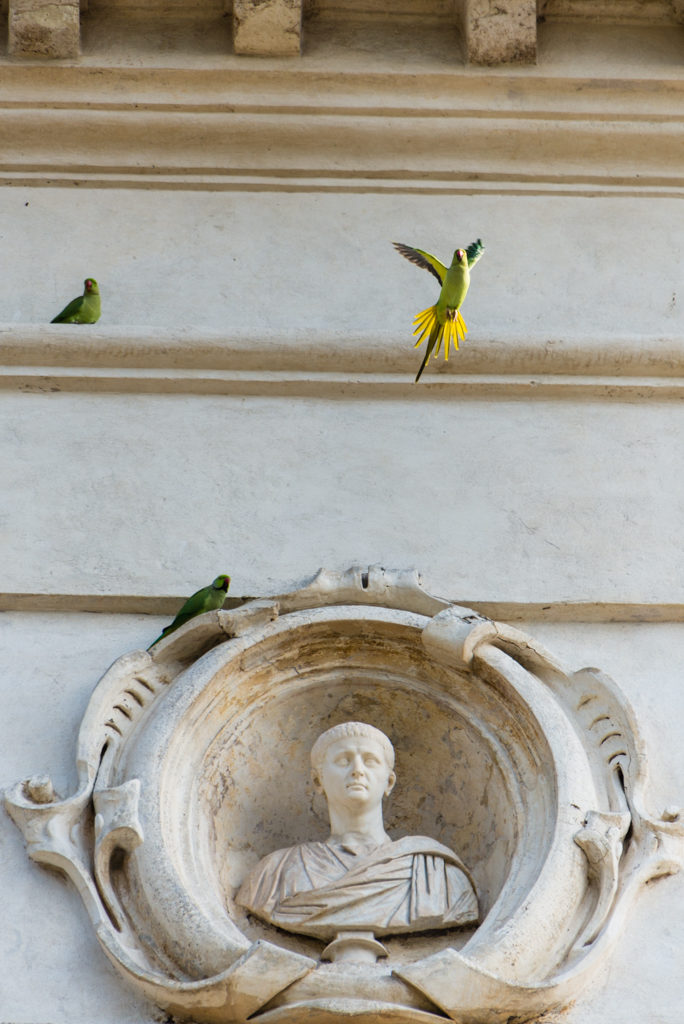
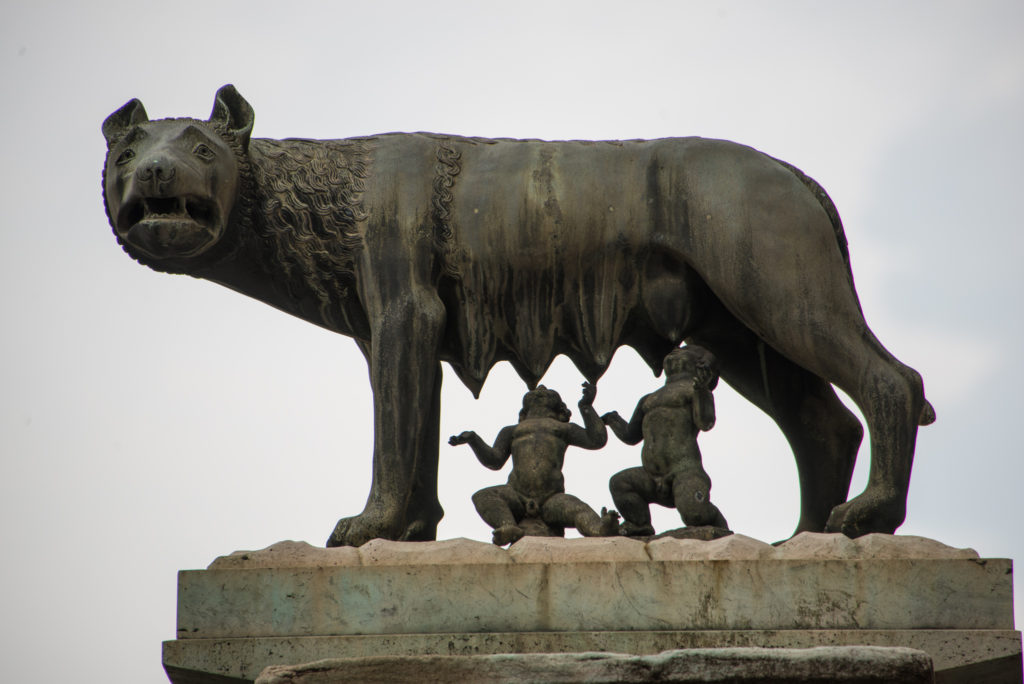
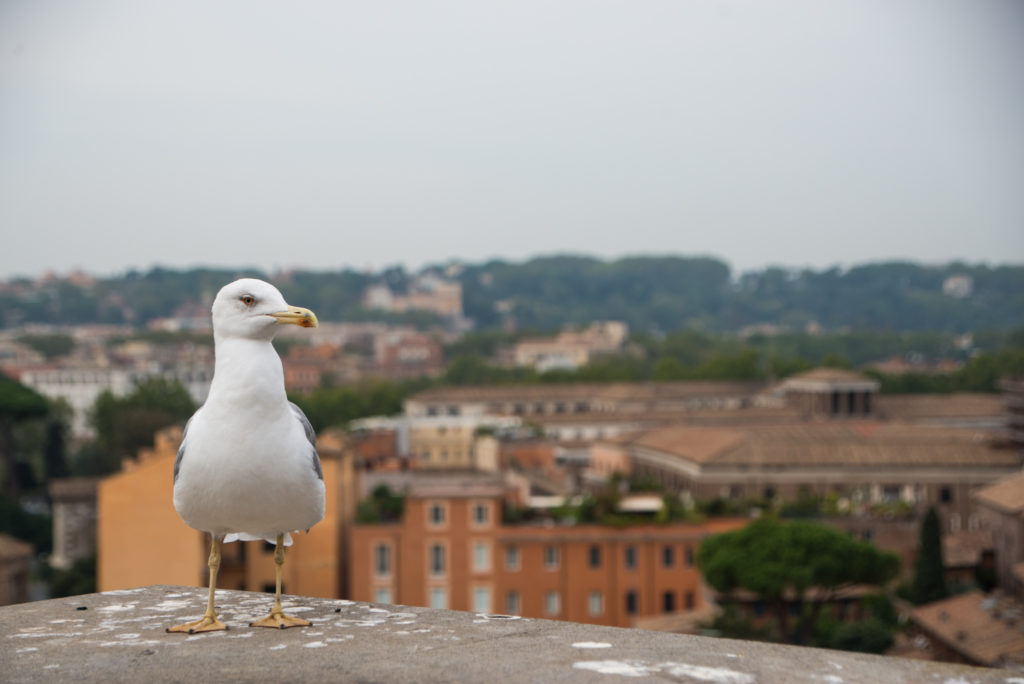
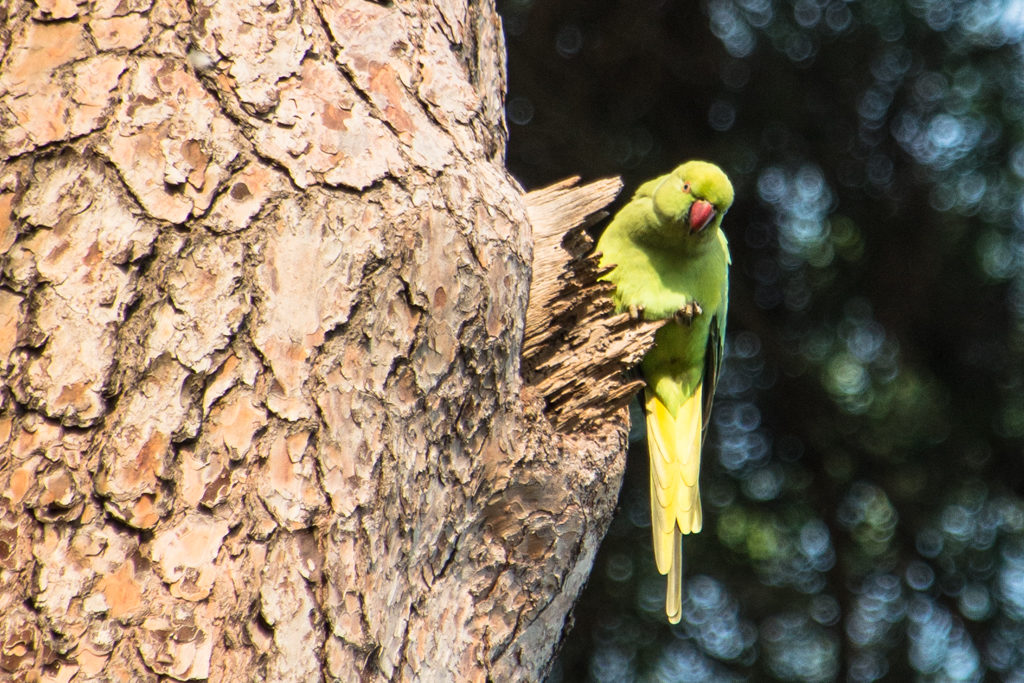


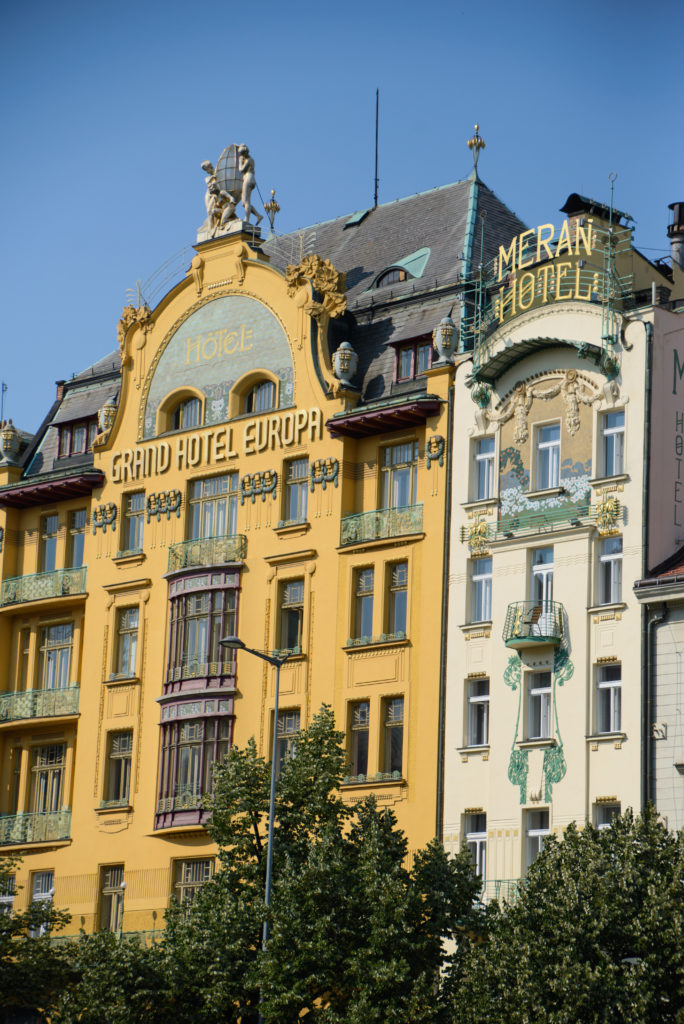
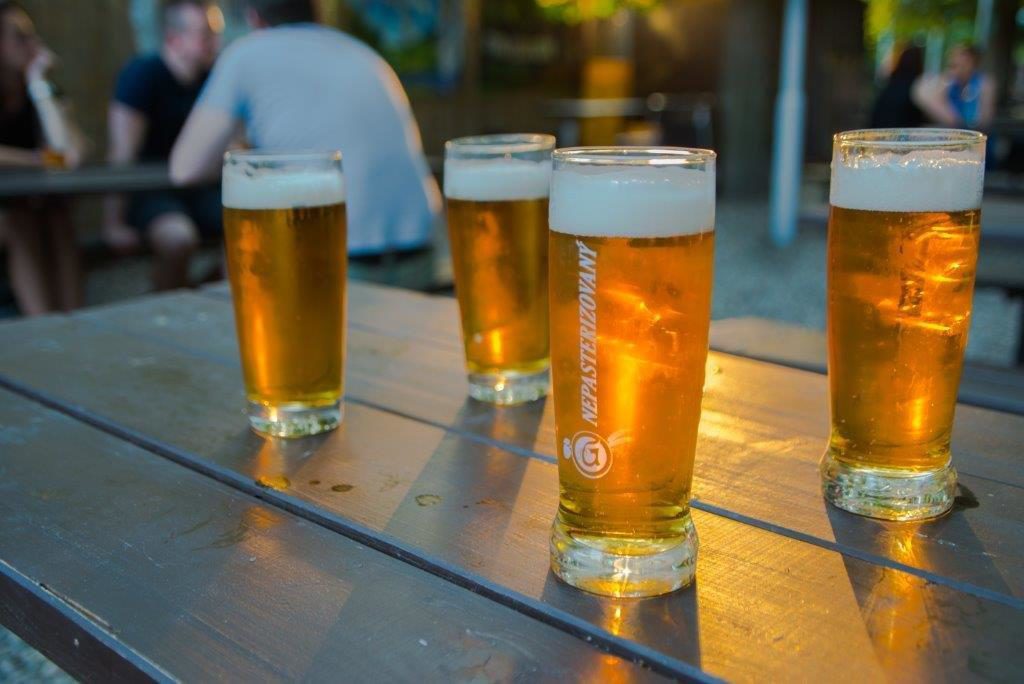 A beergarden in the working class neighborhood Žižkov
A beergarden in the working class neighborhood Žižkov
